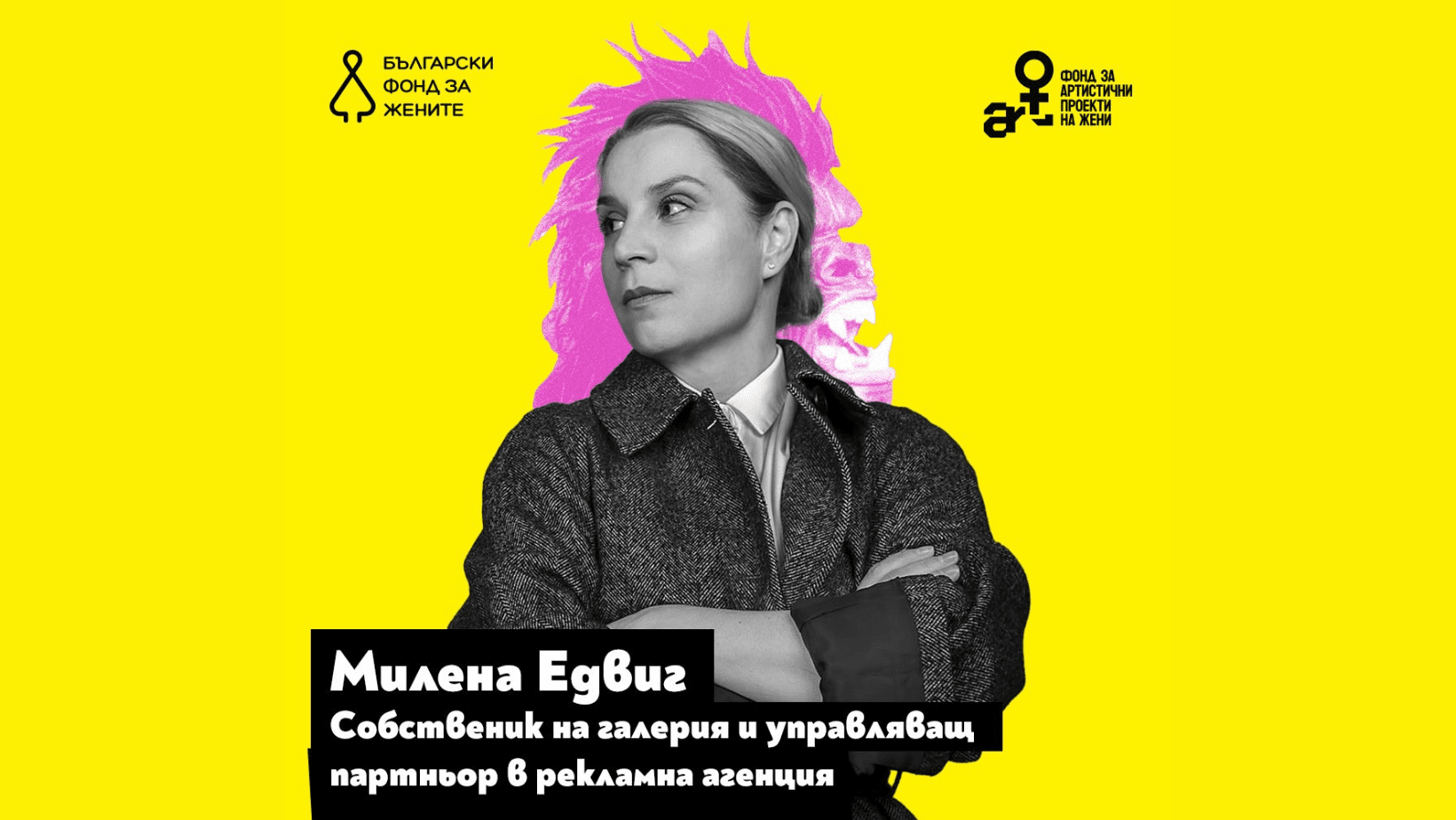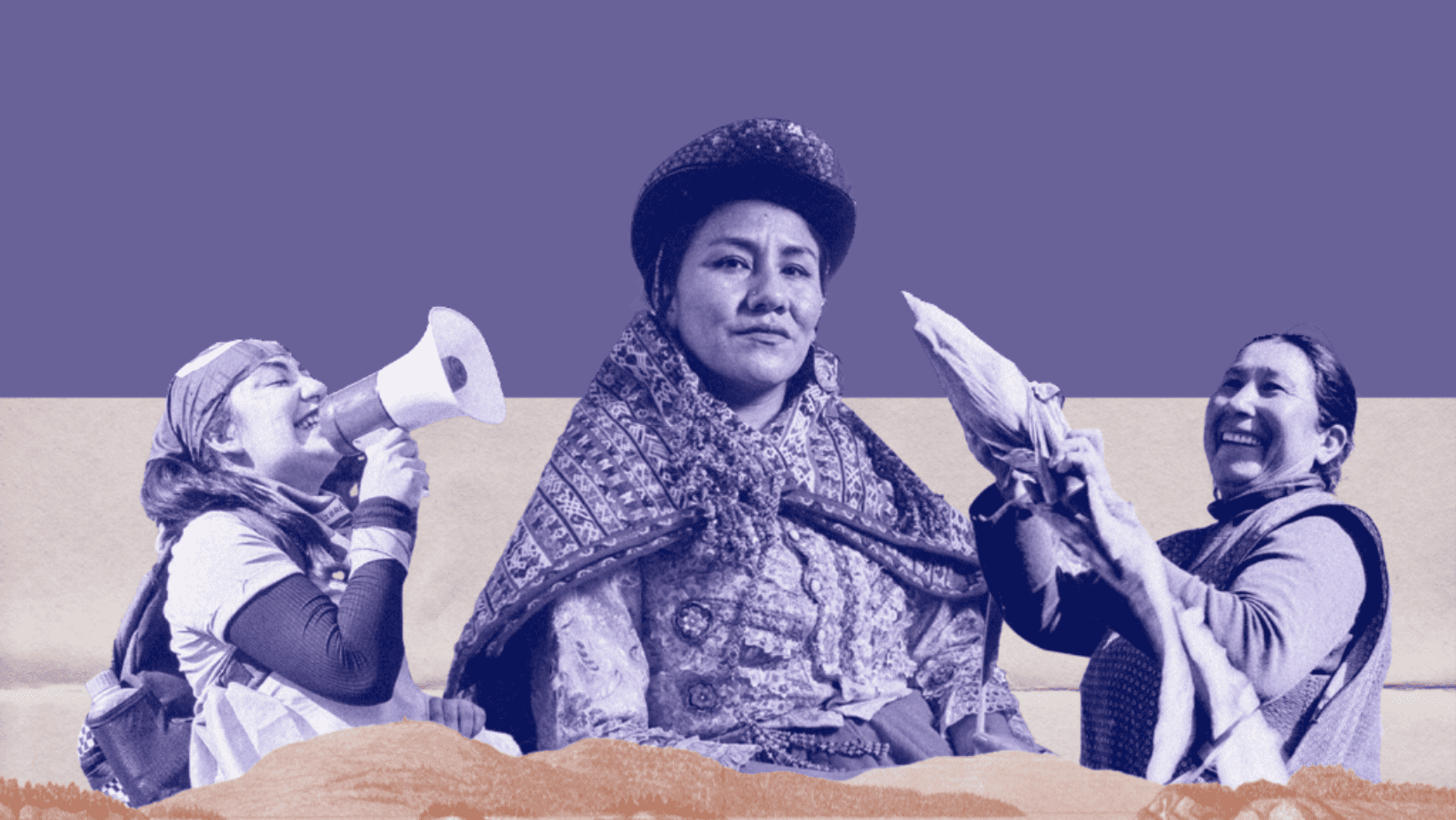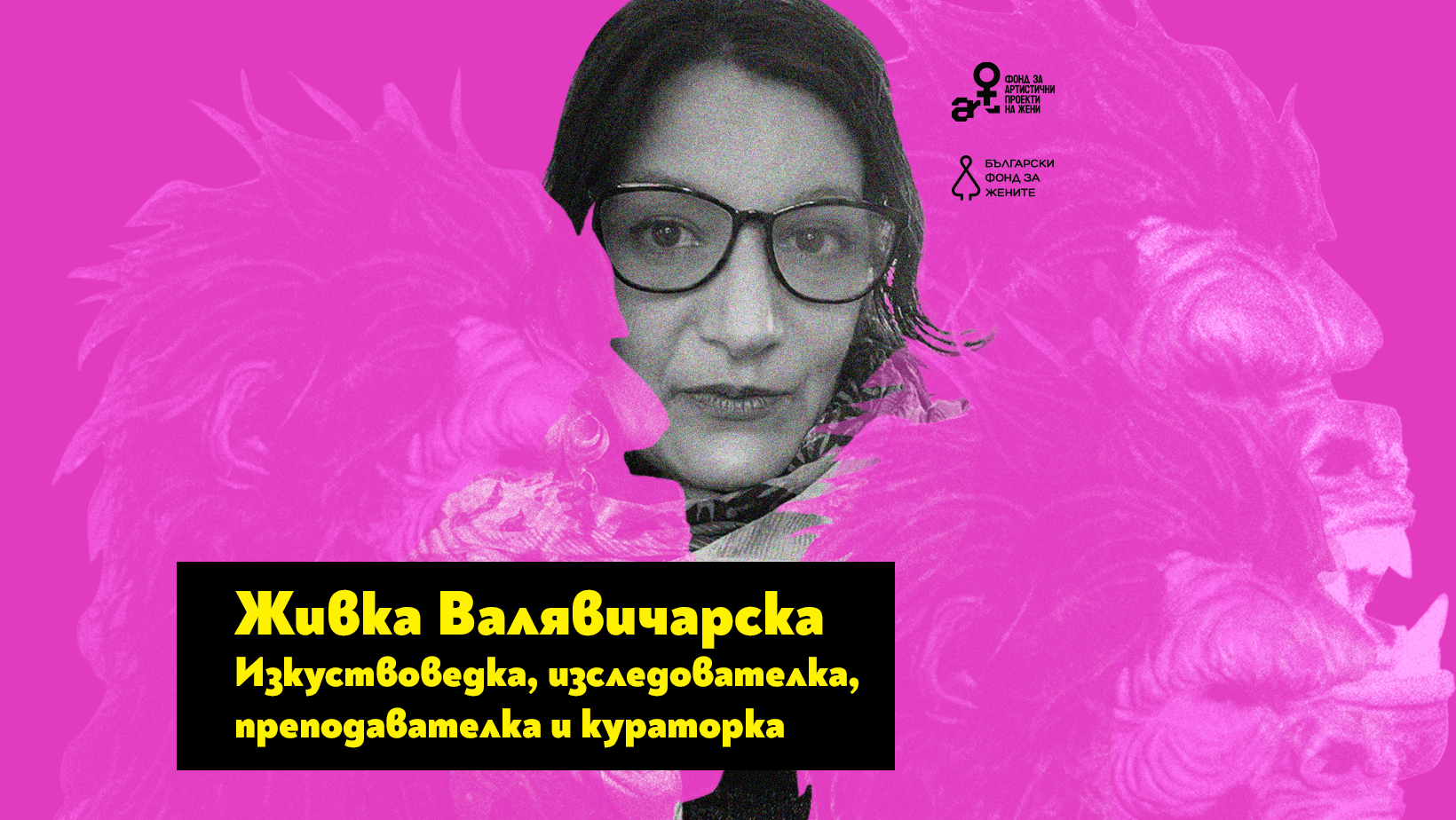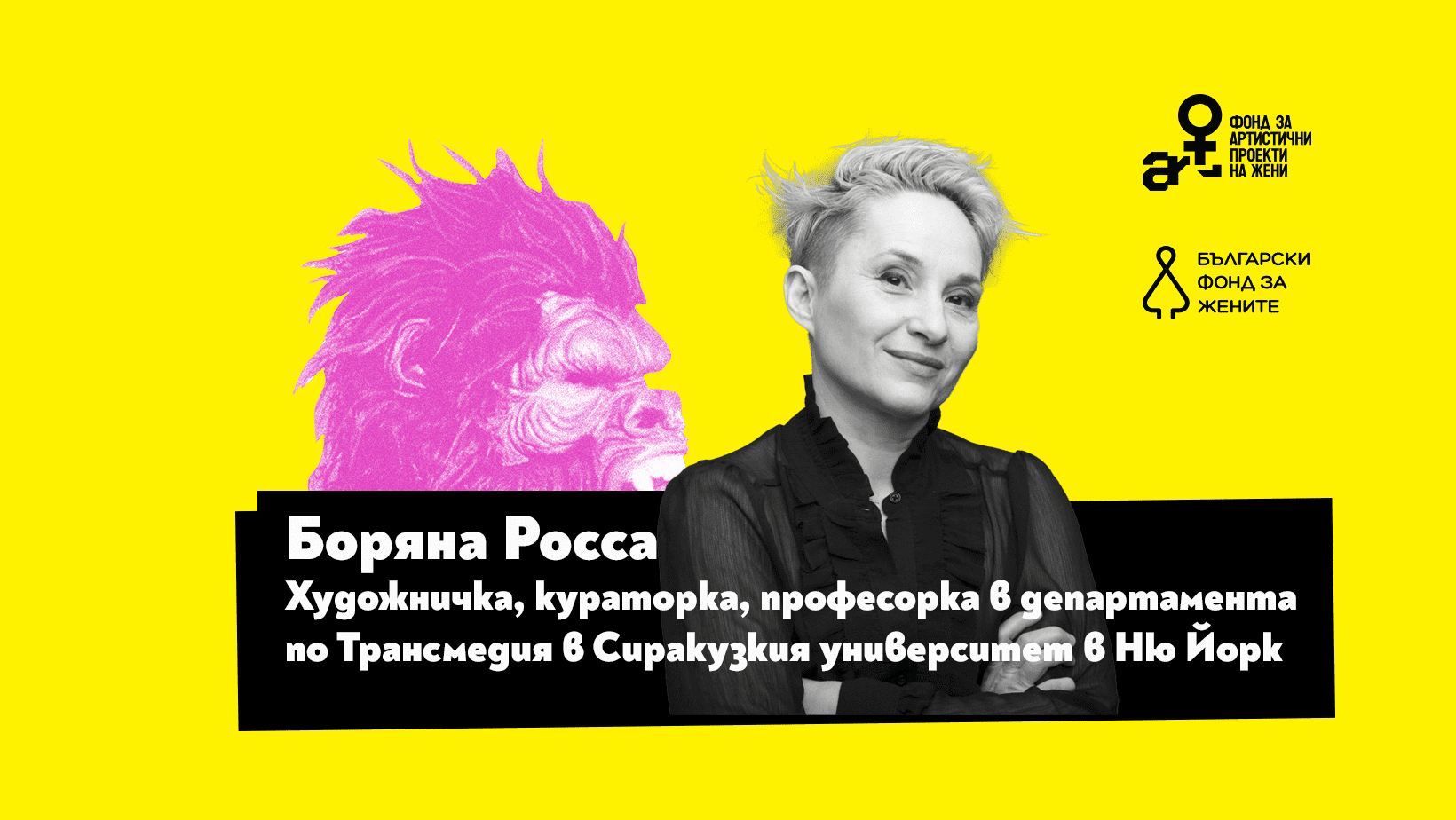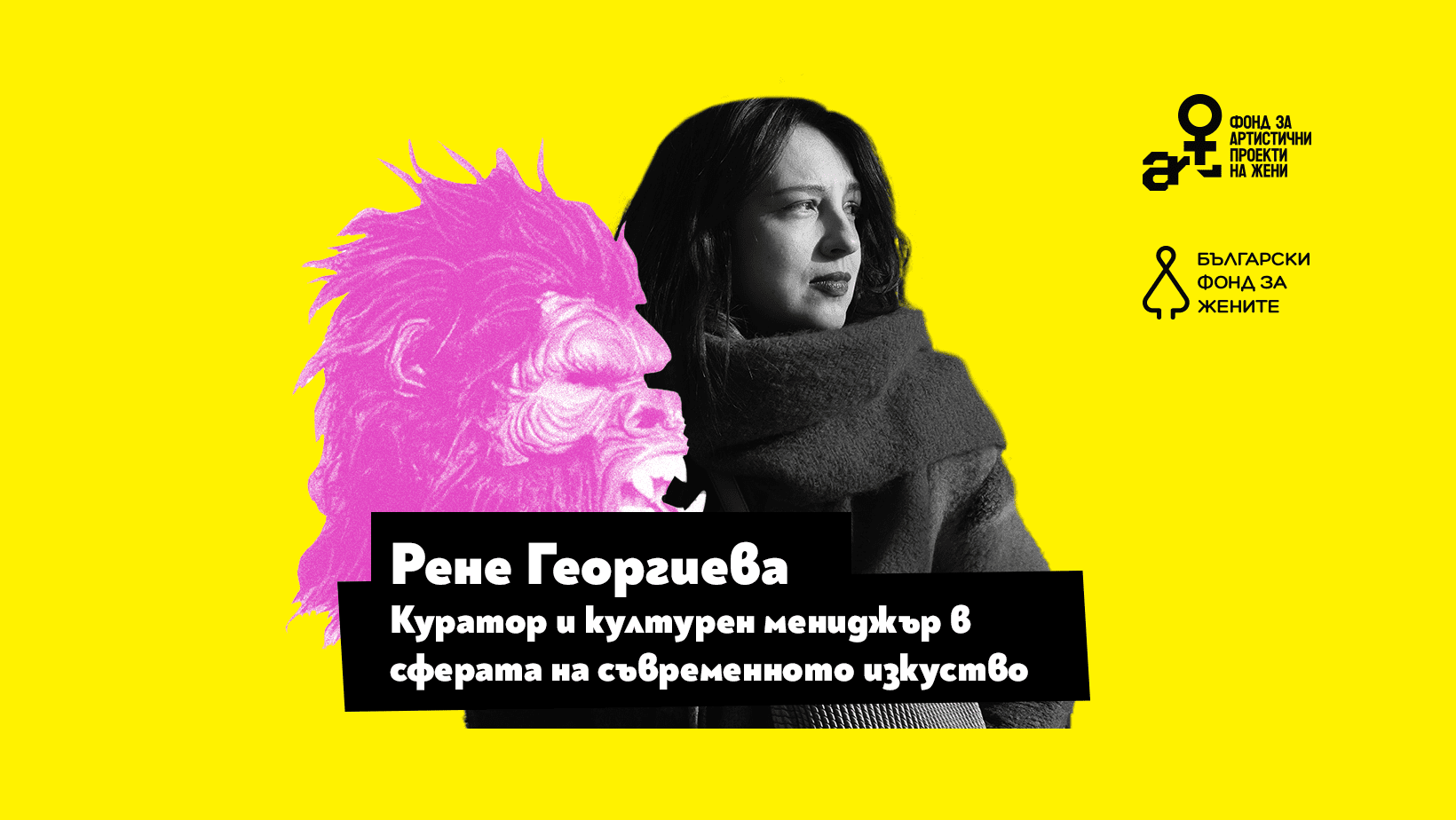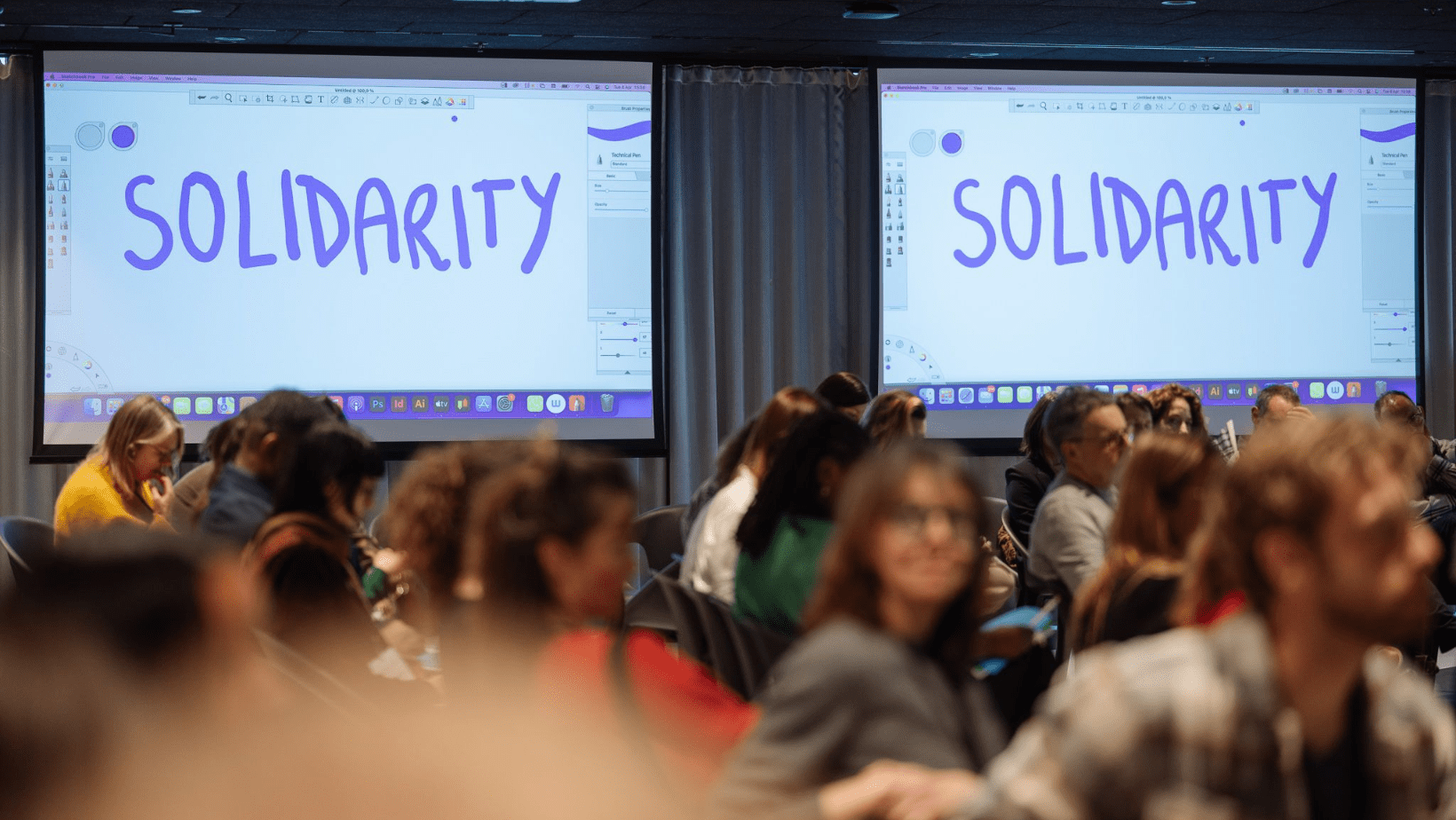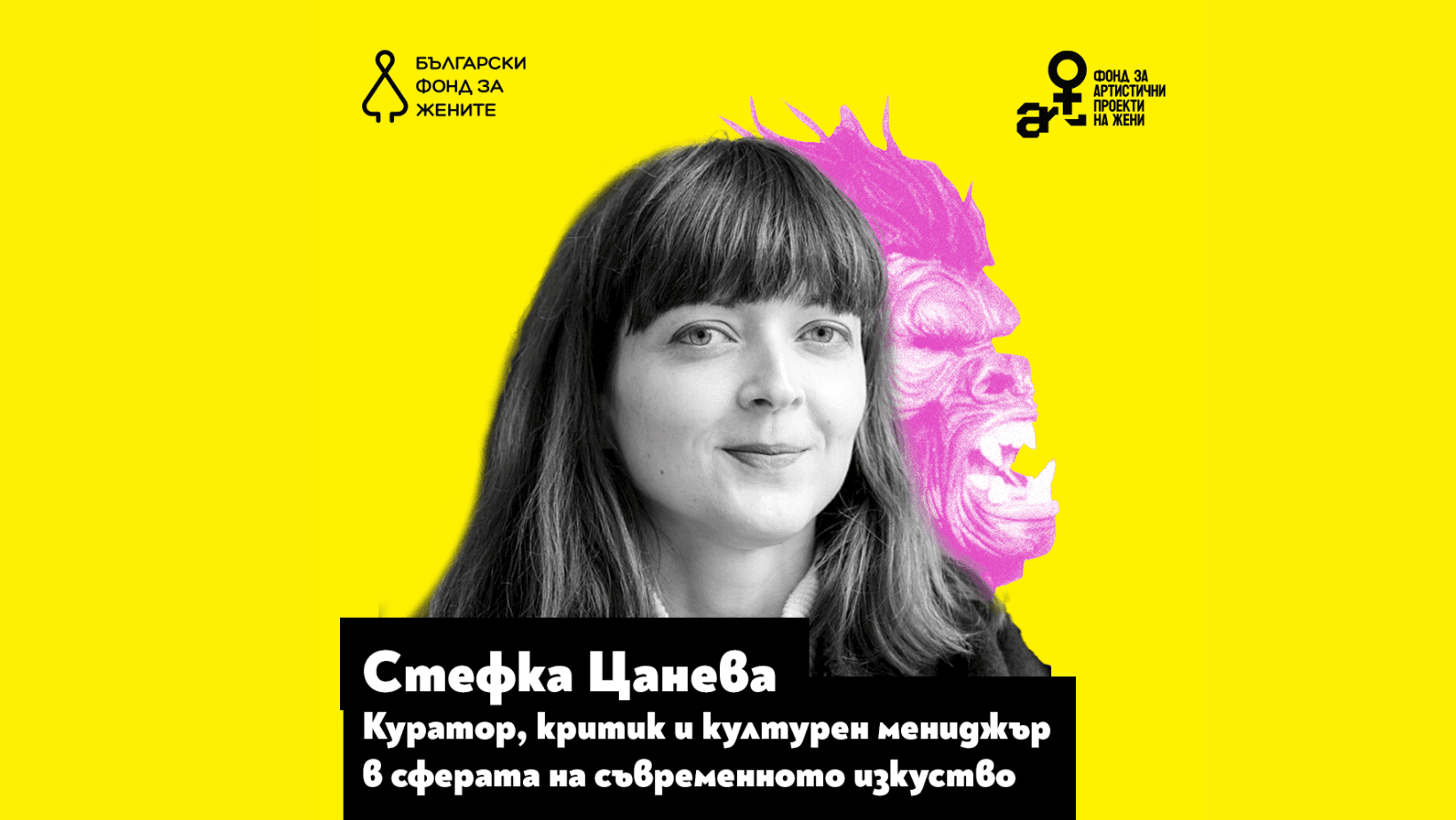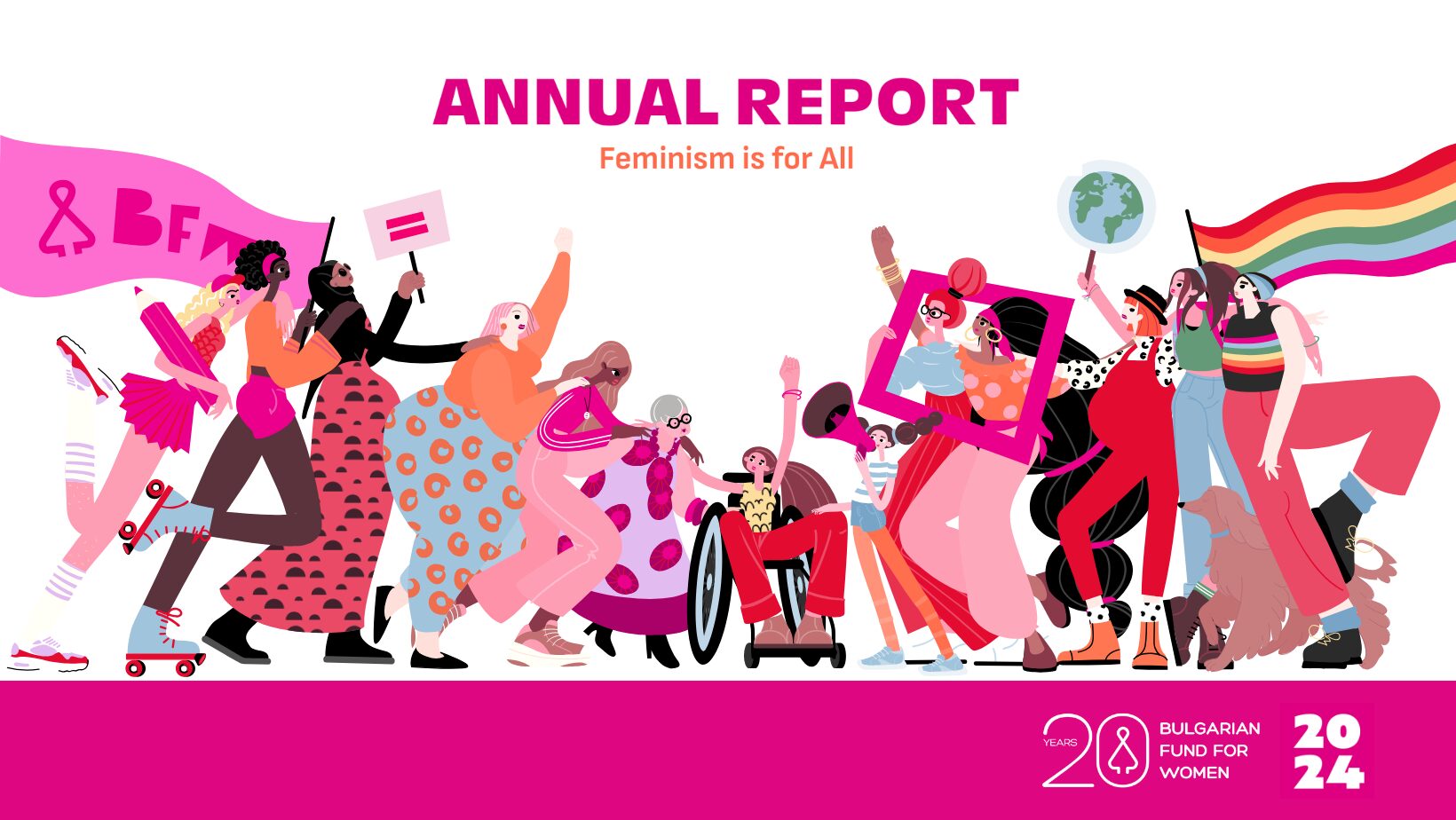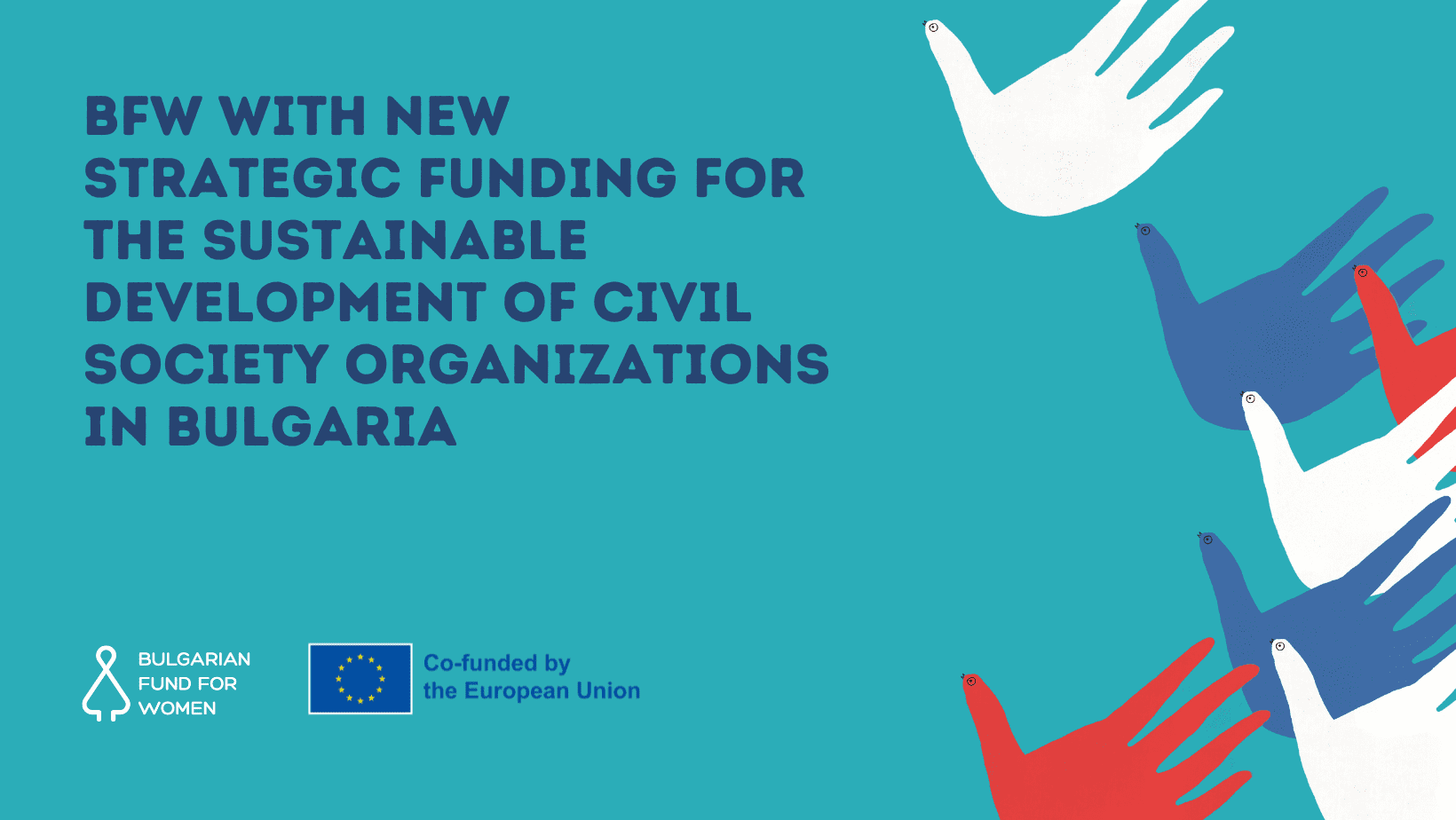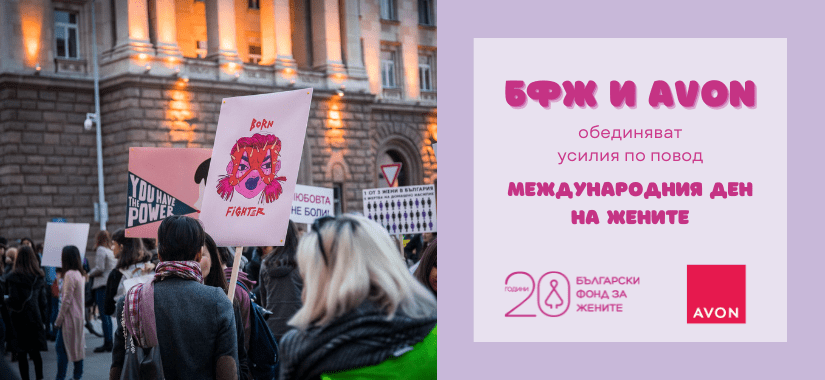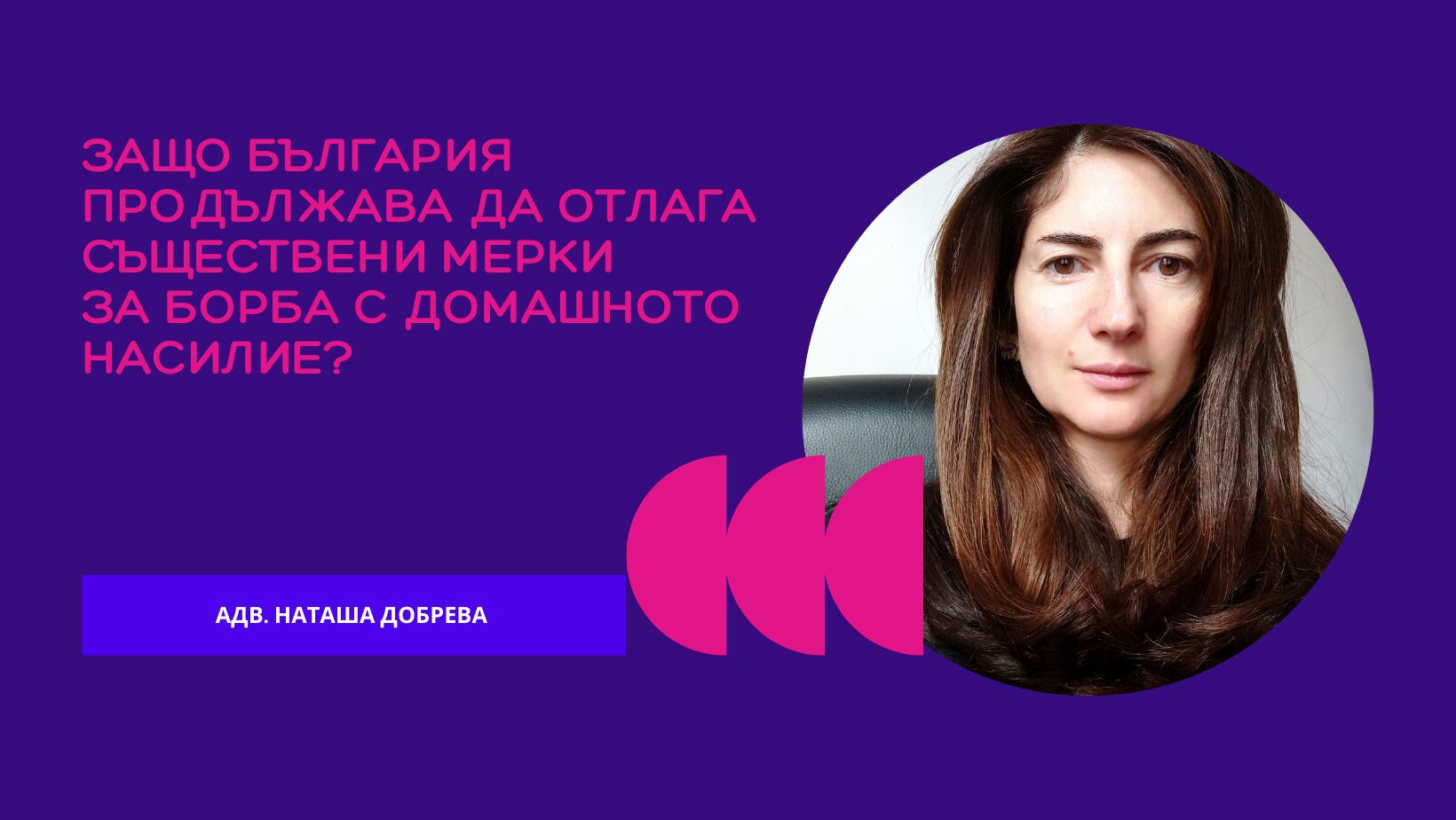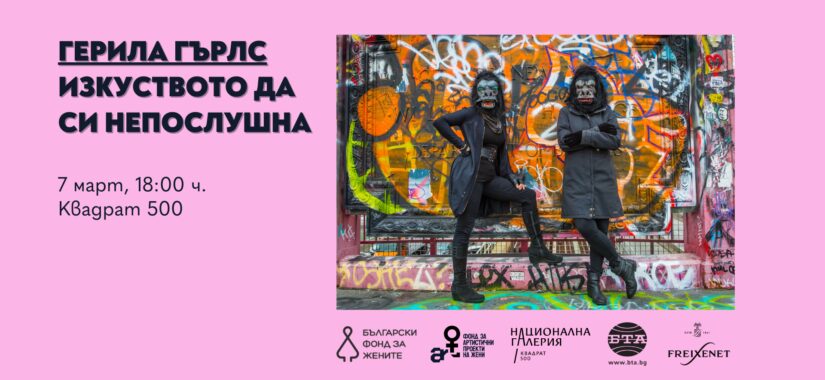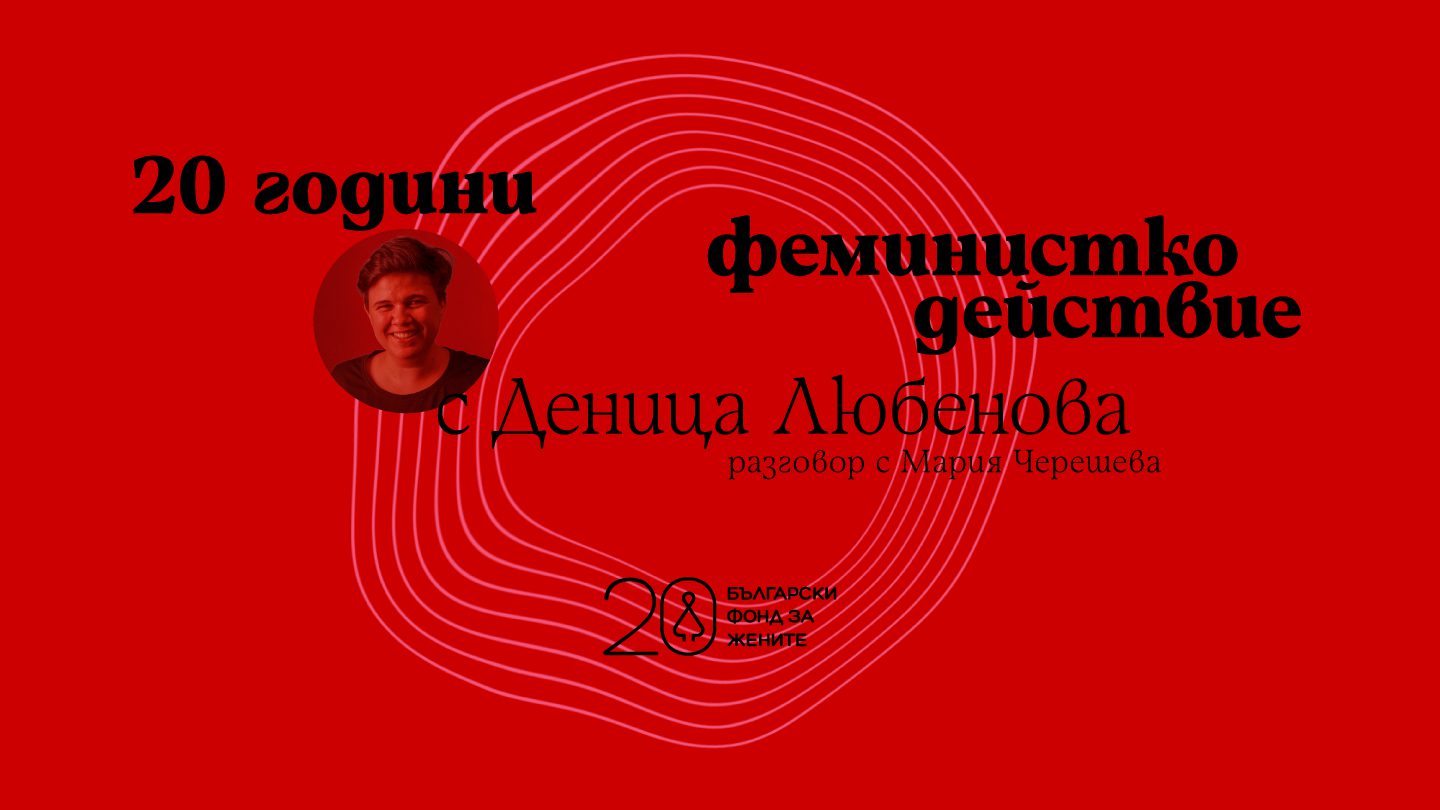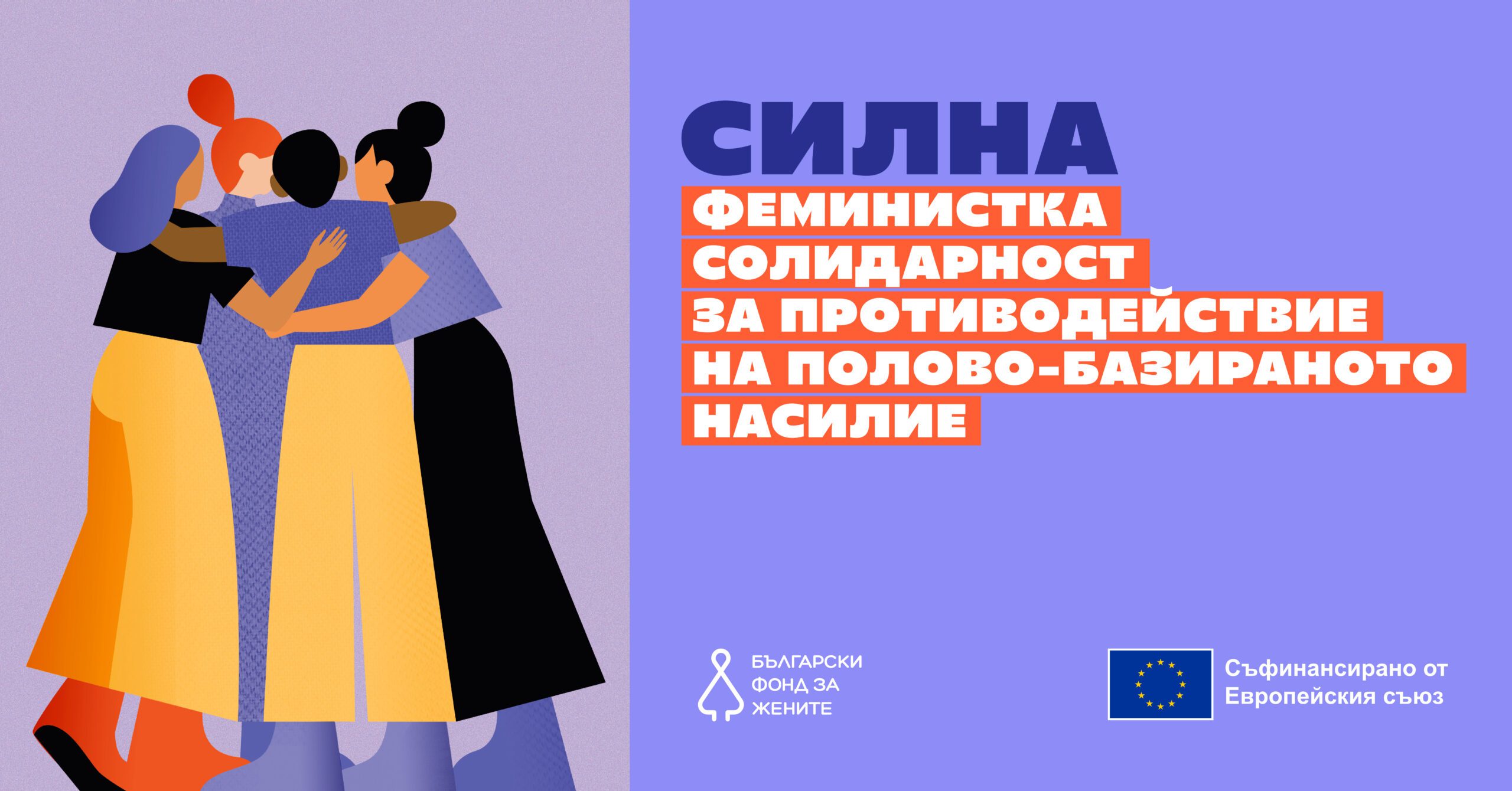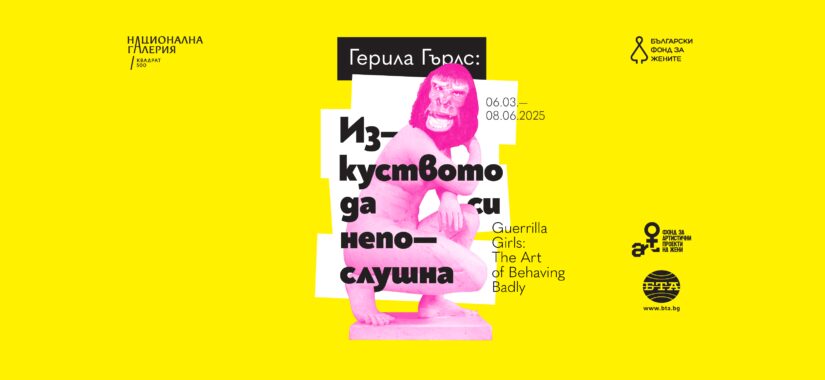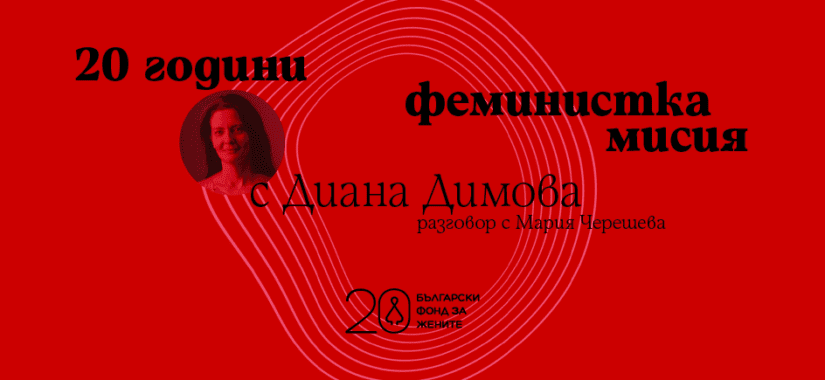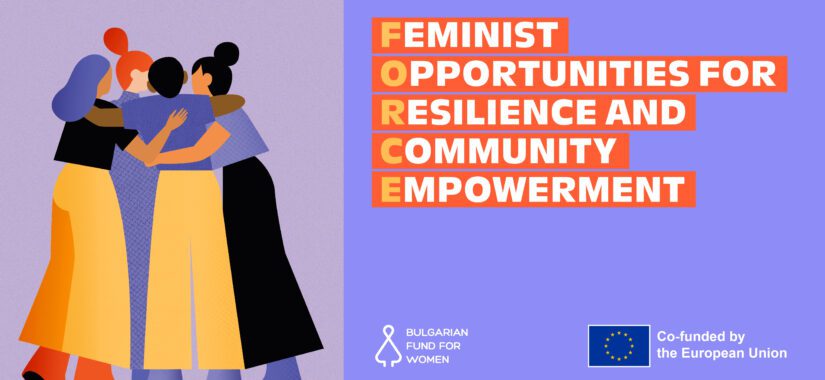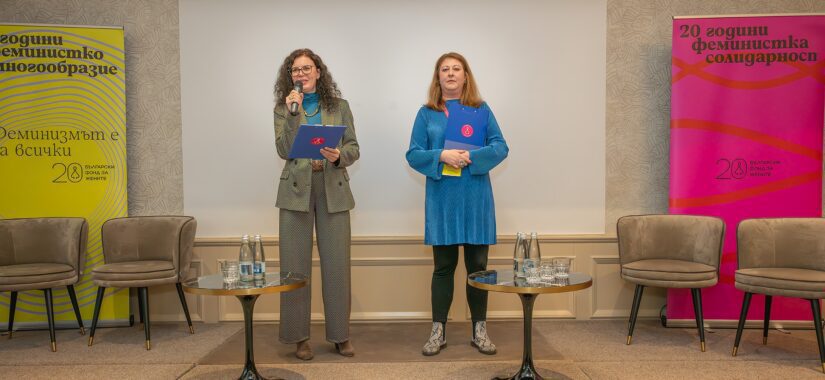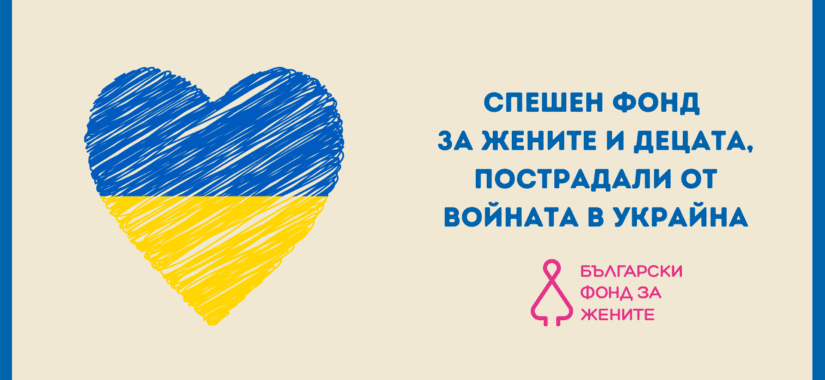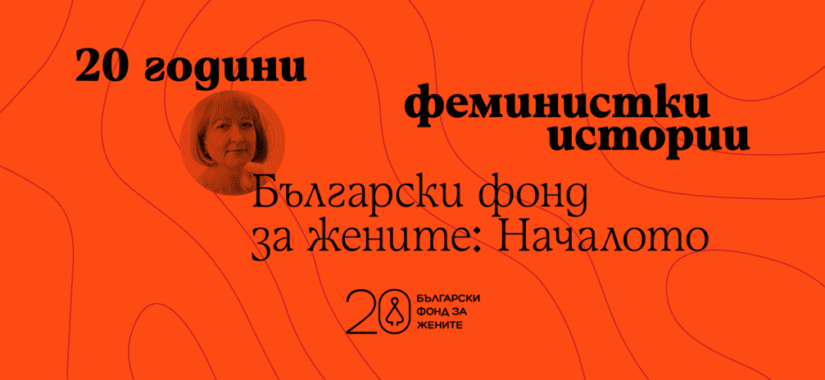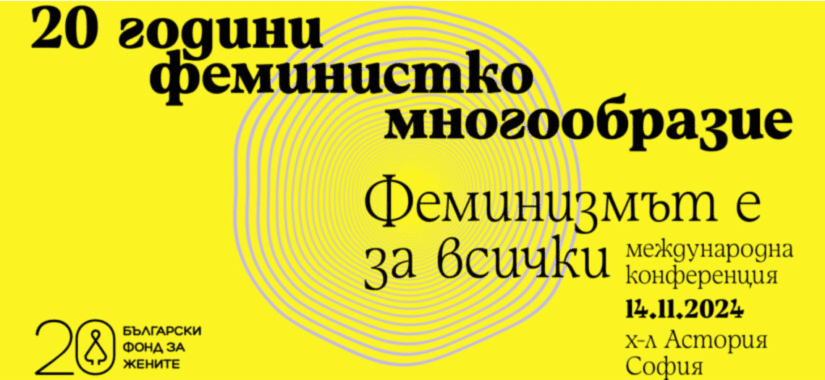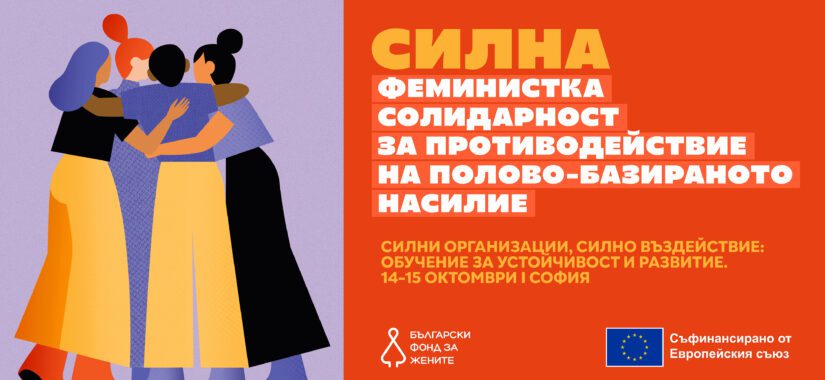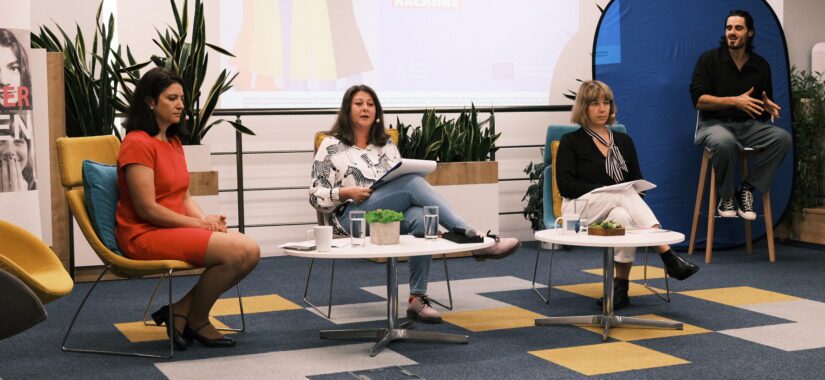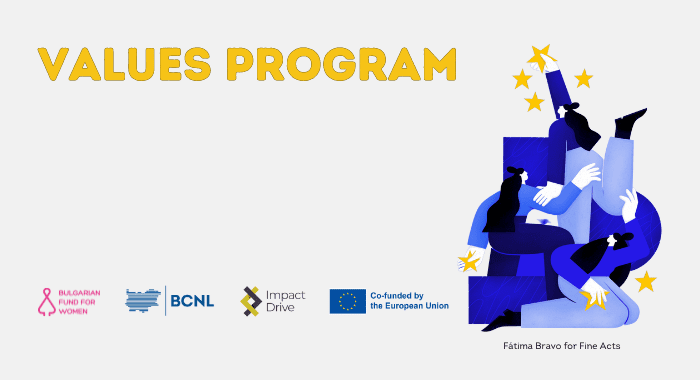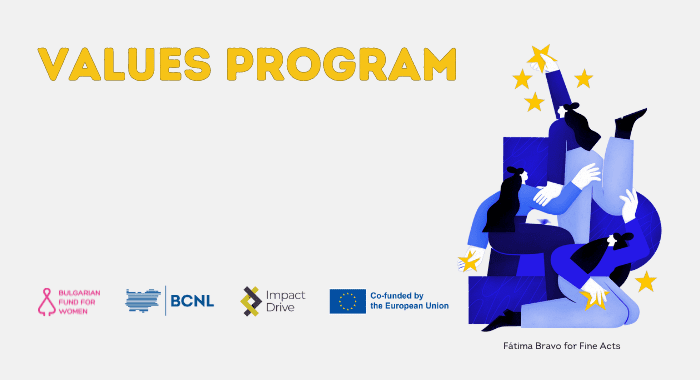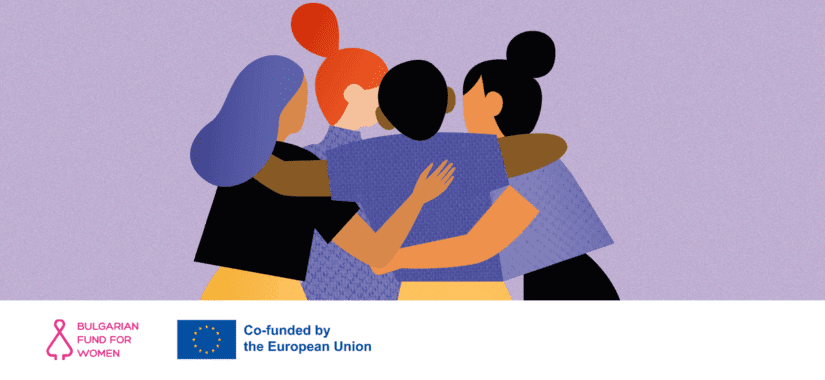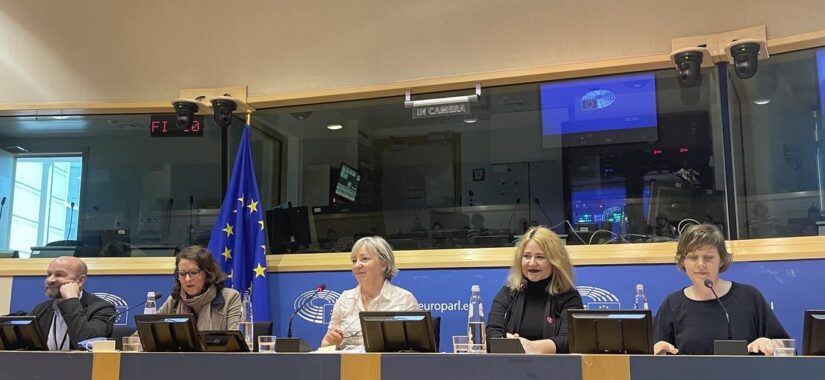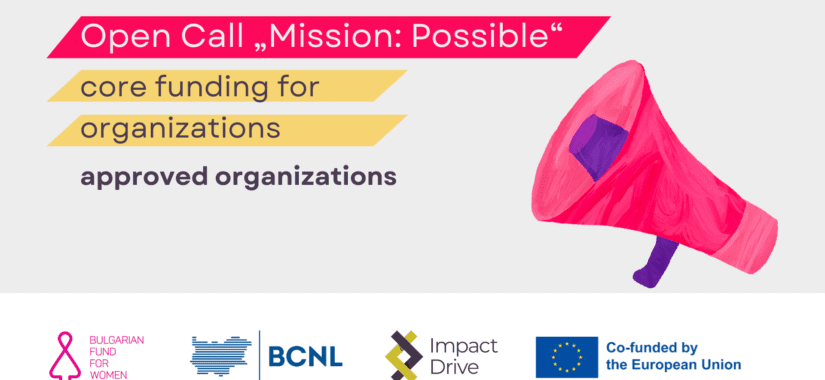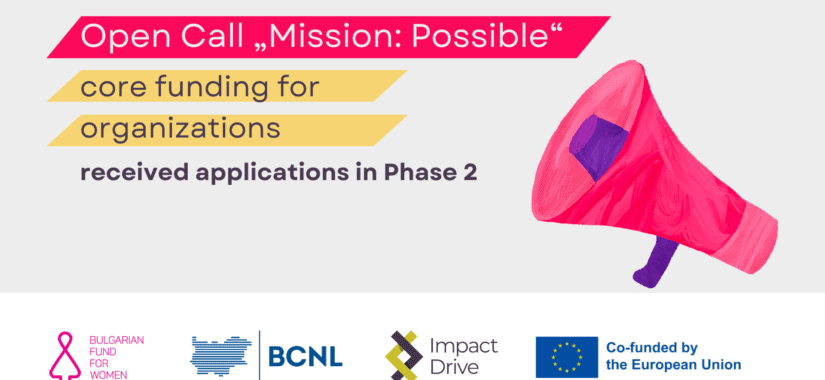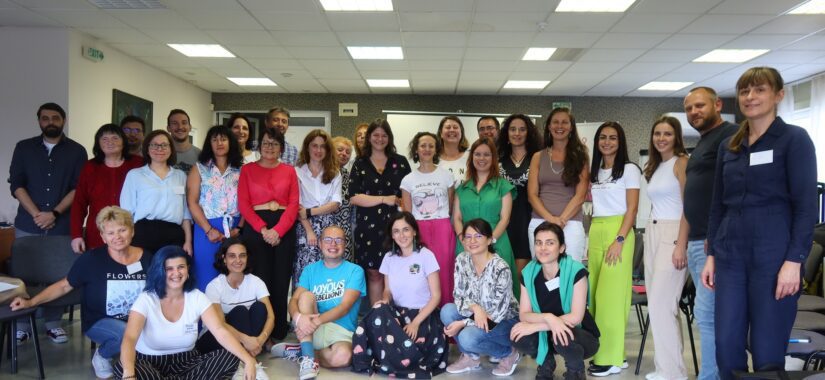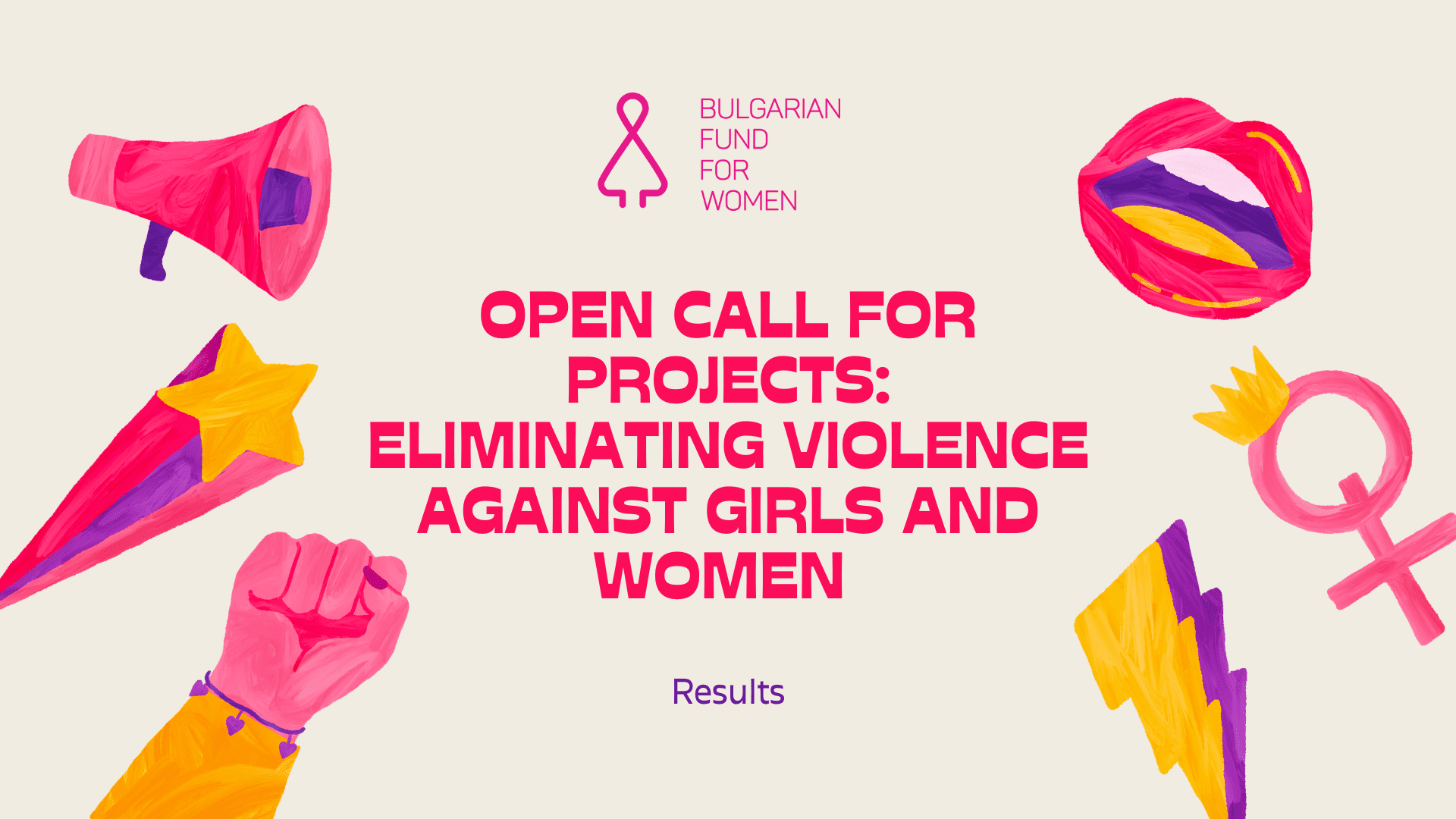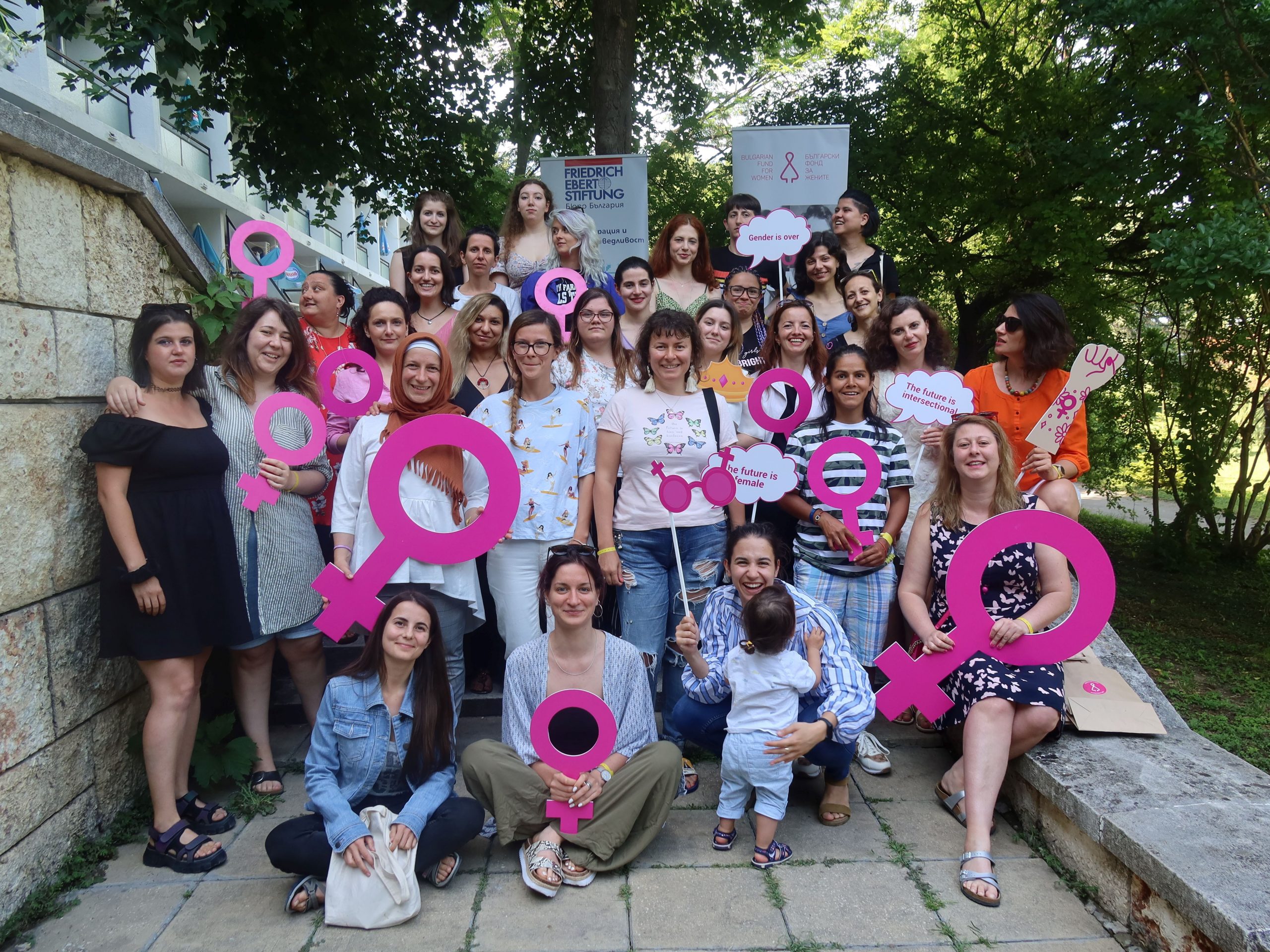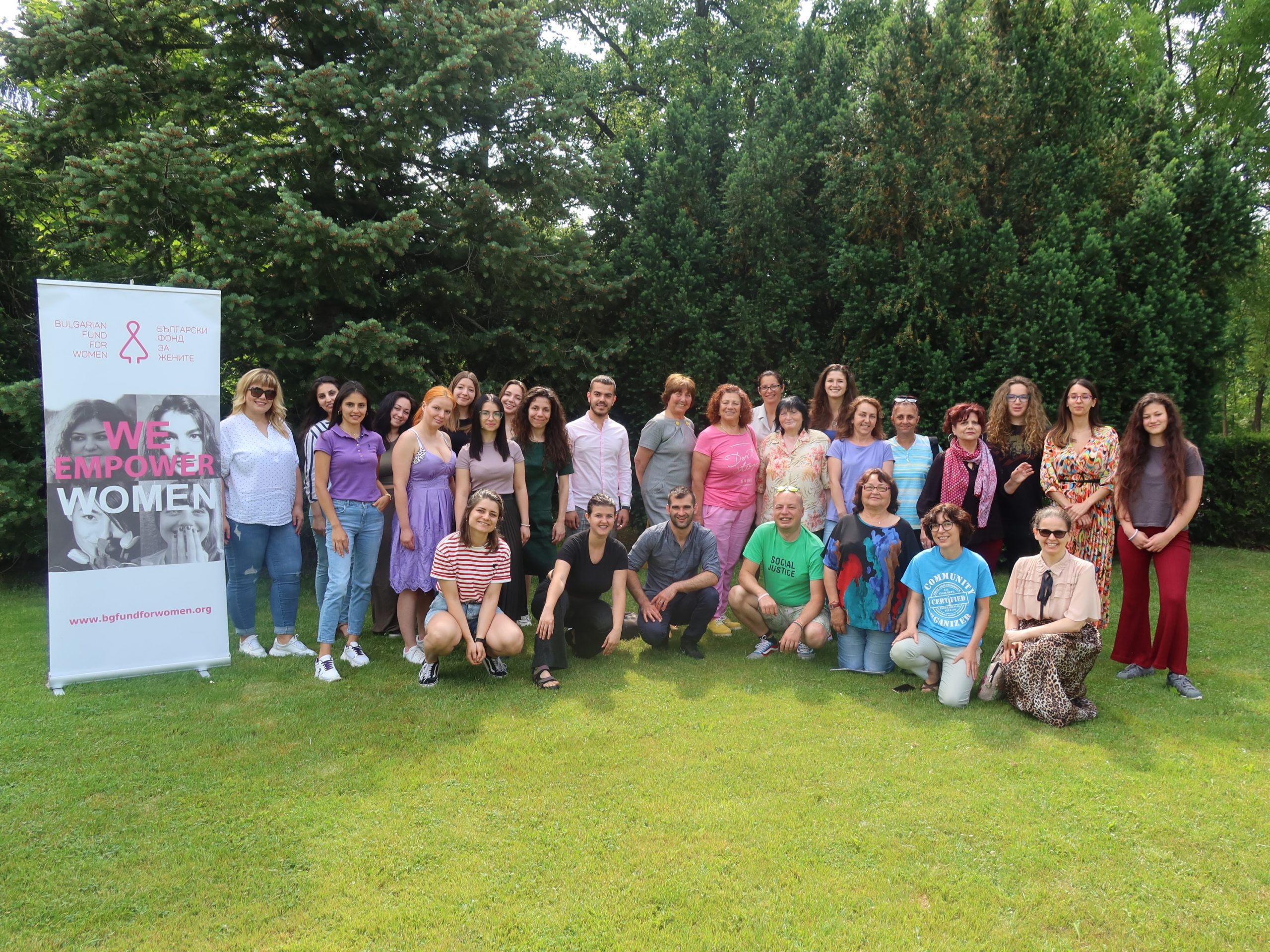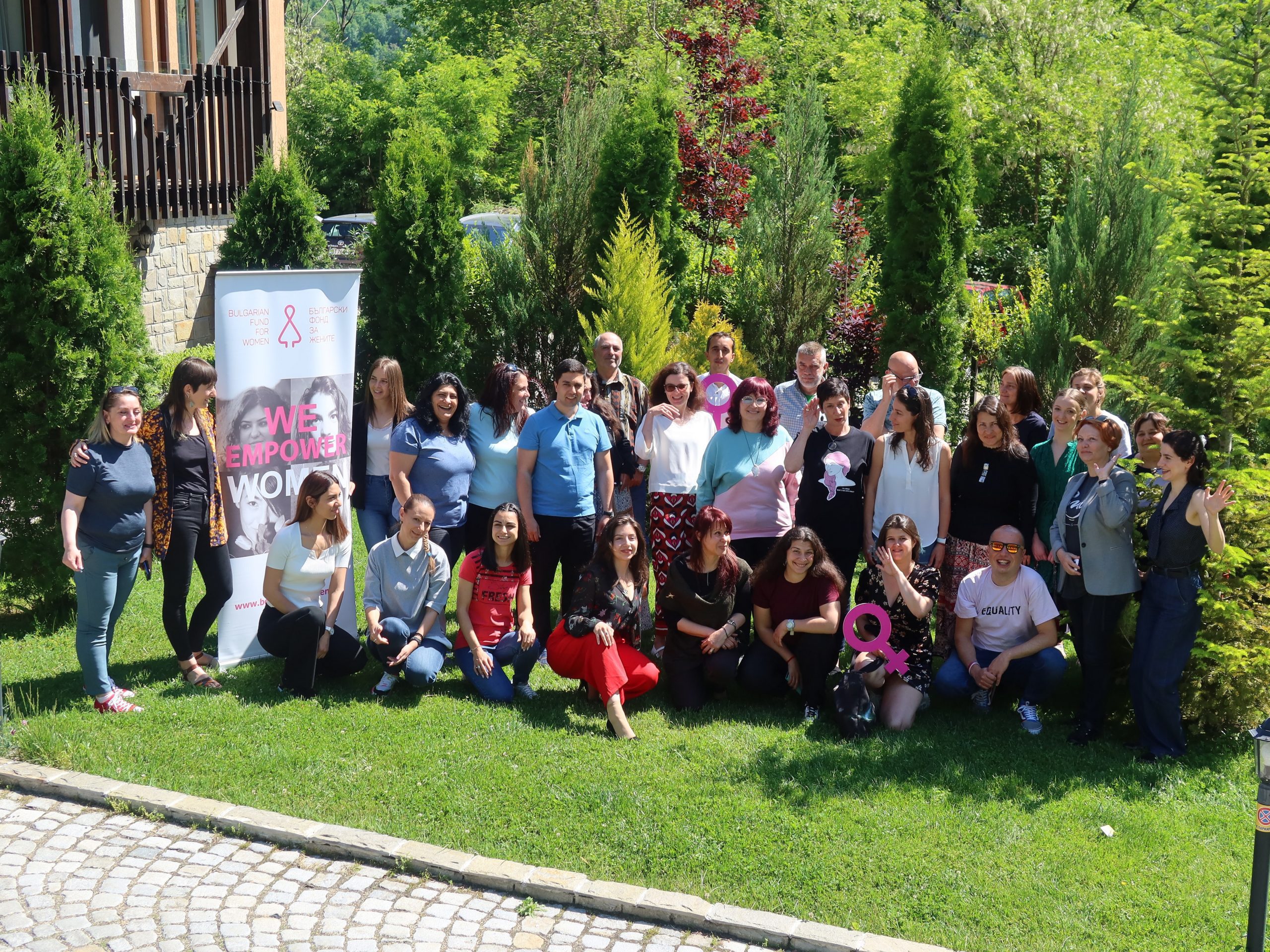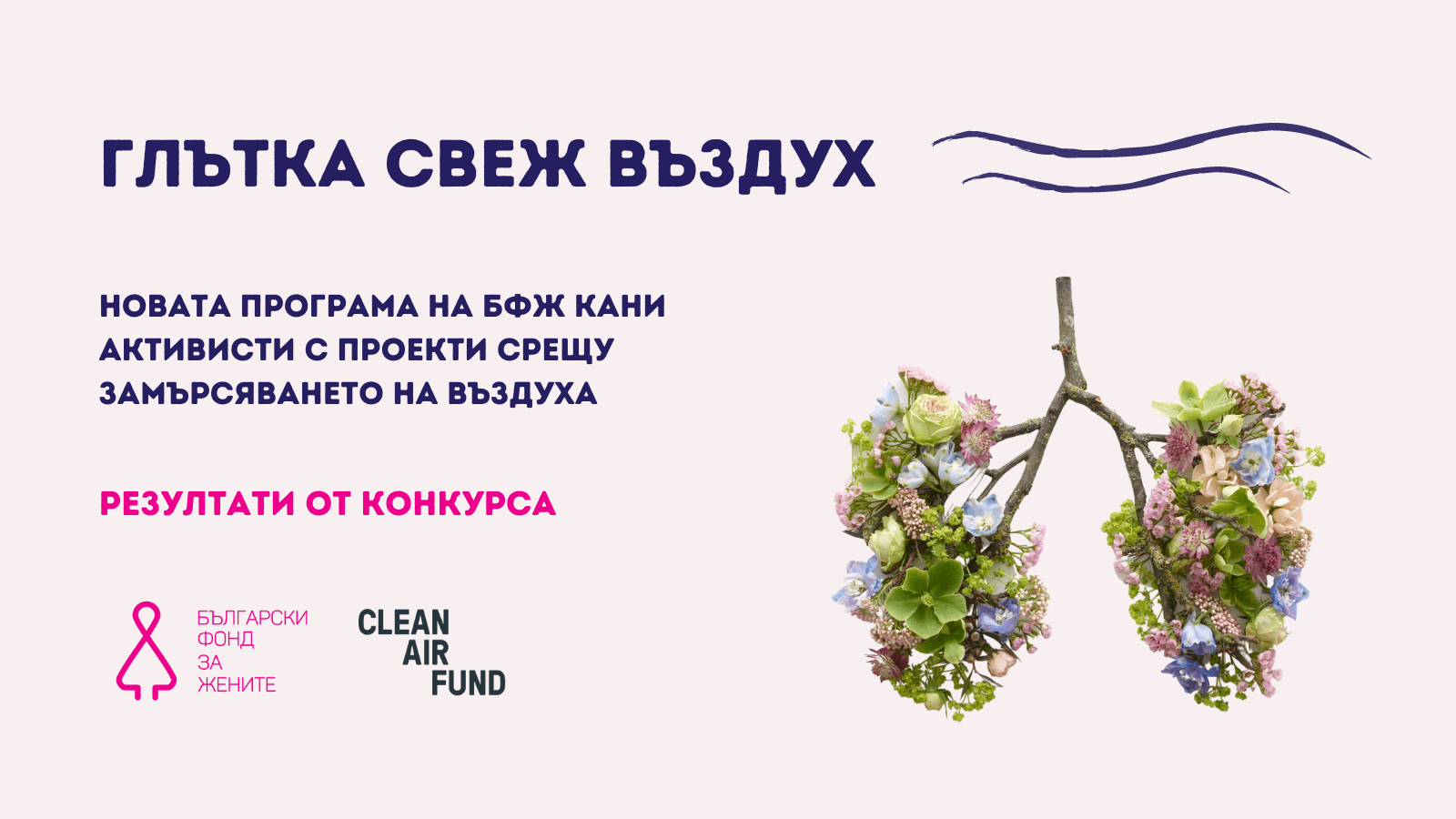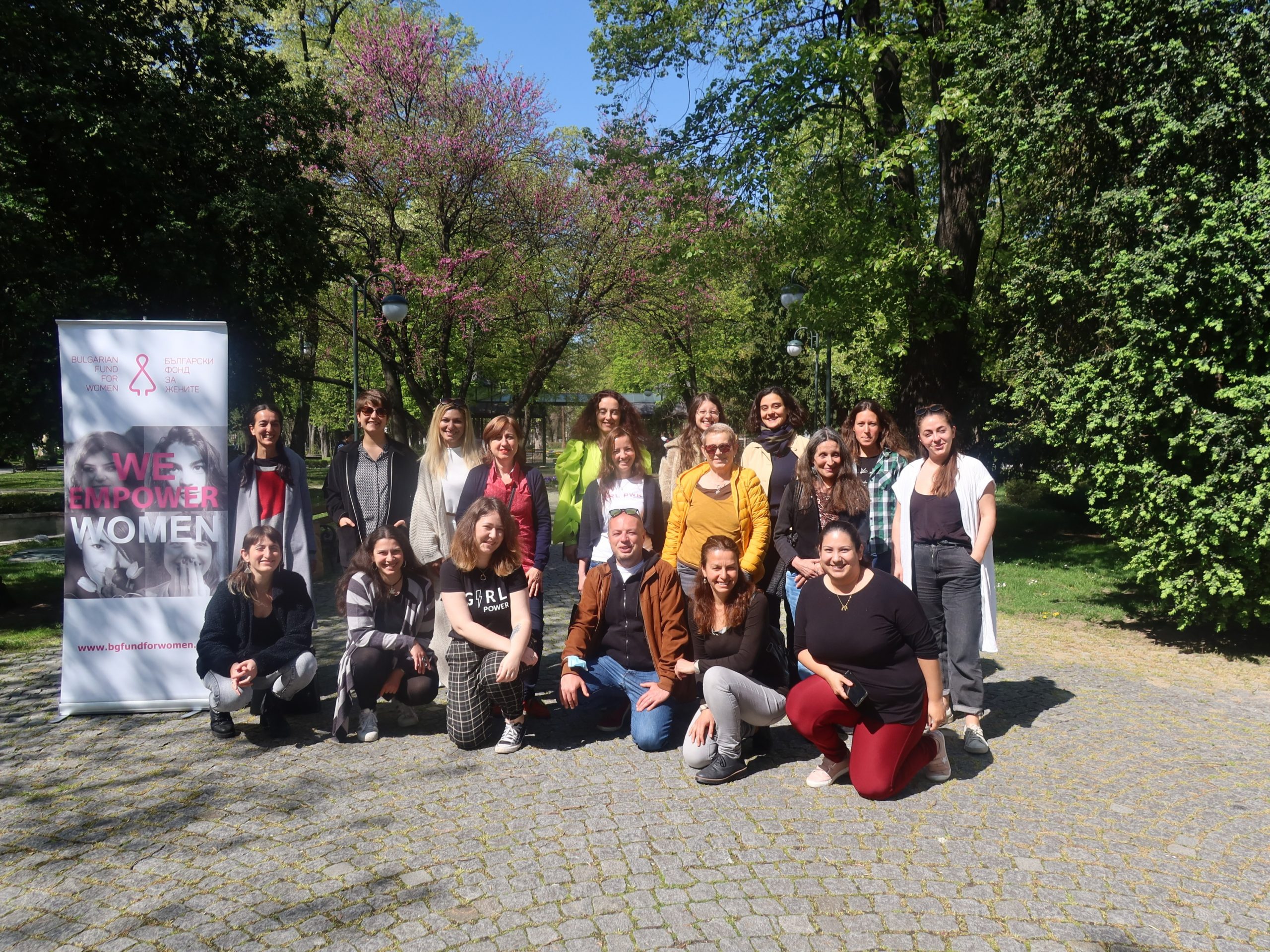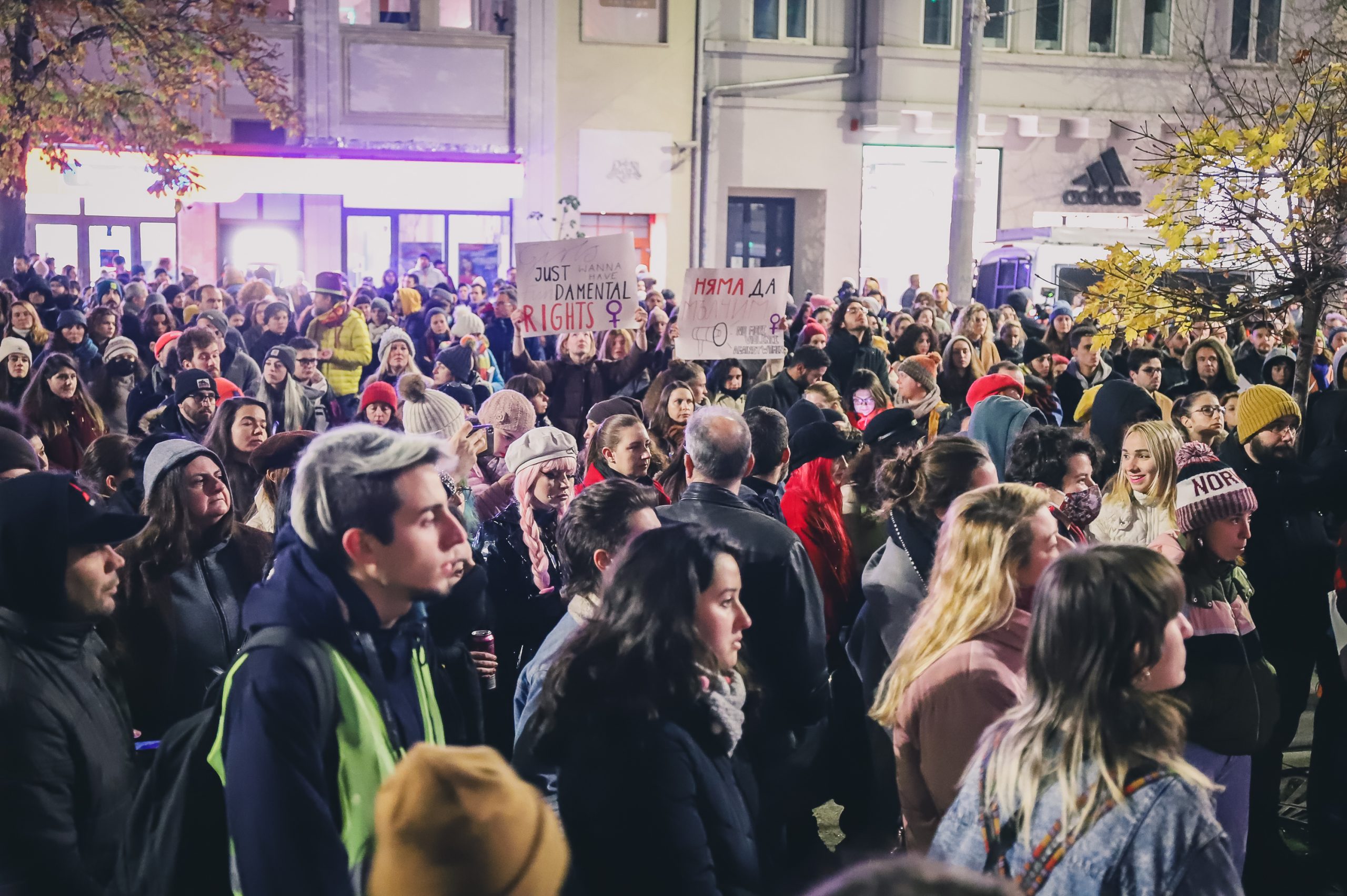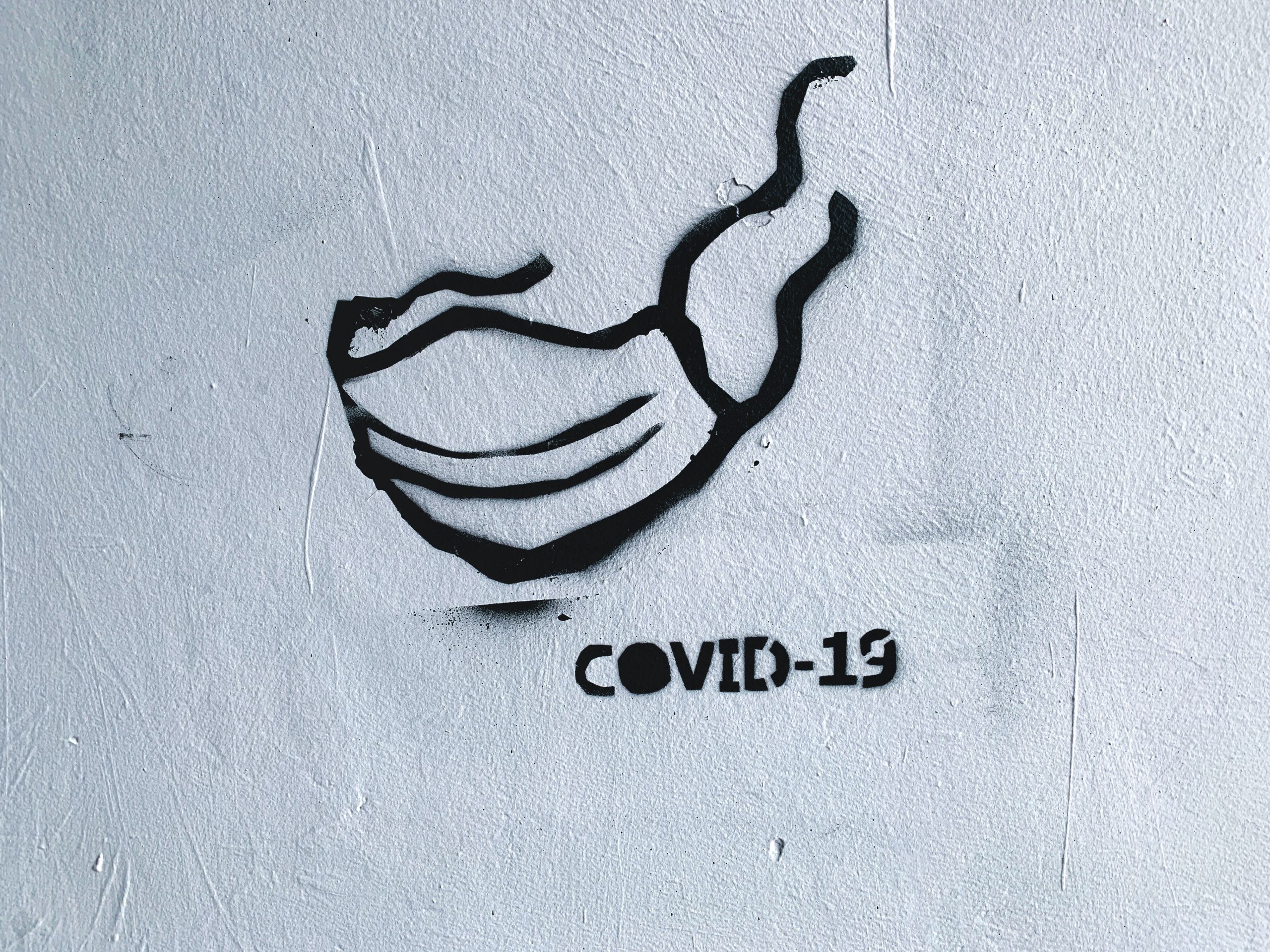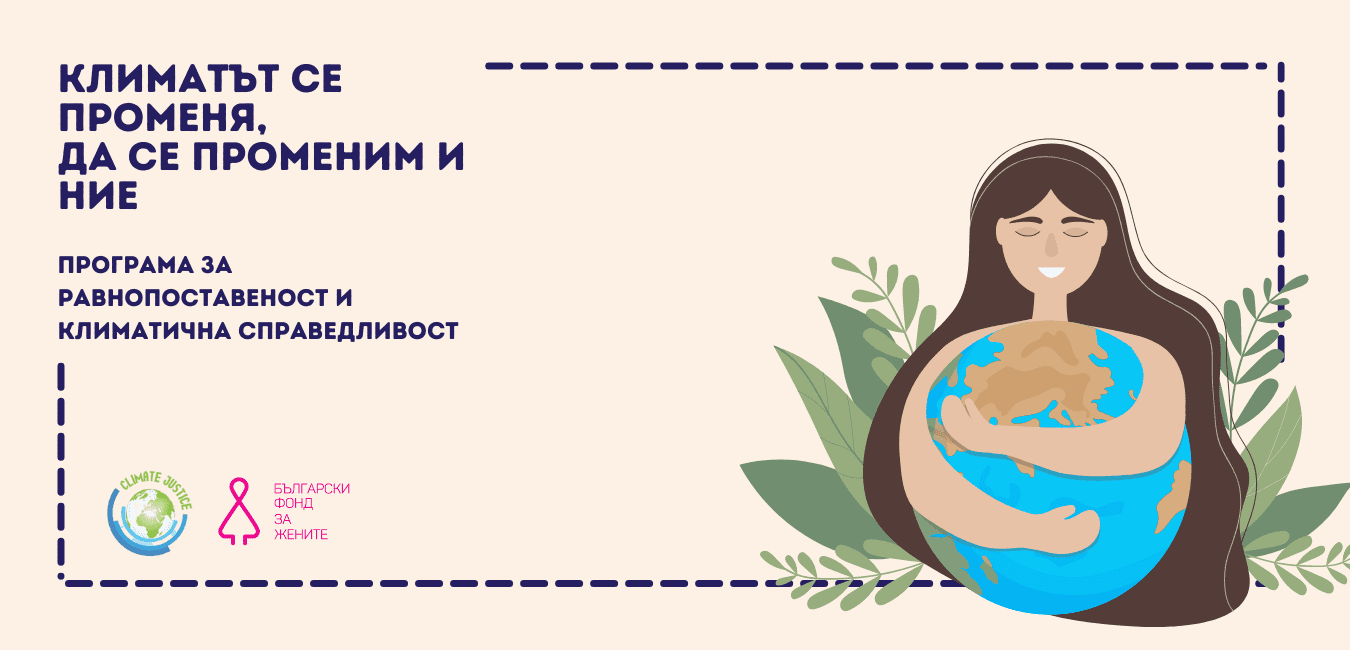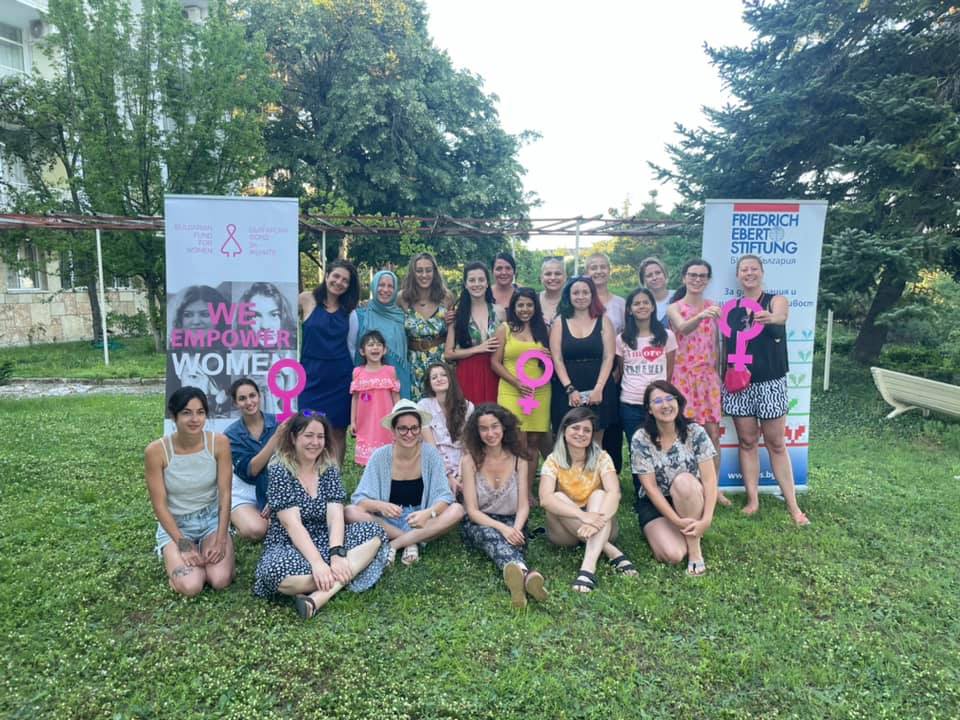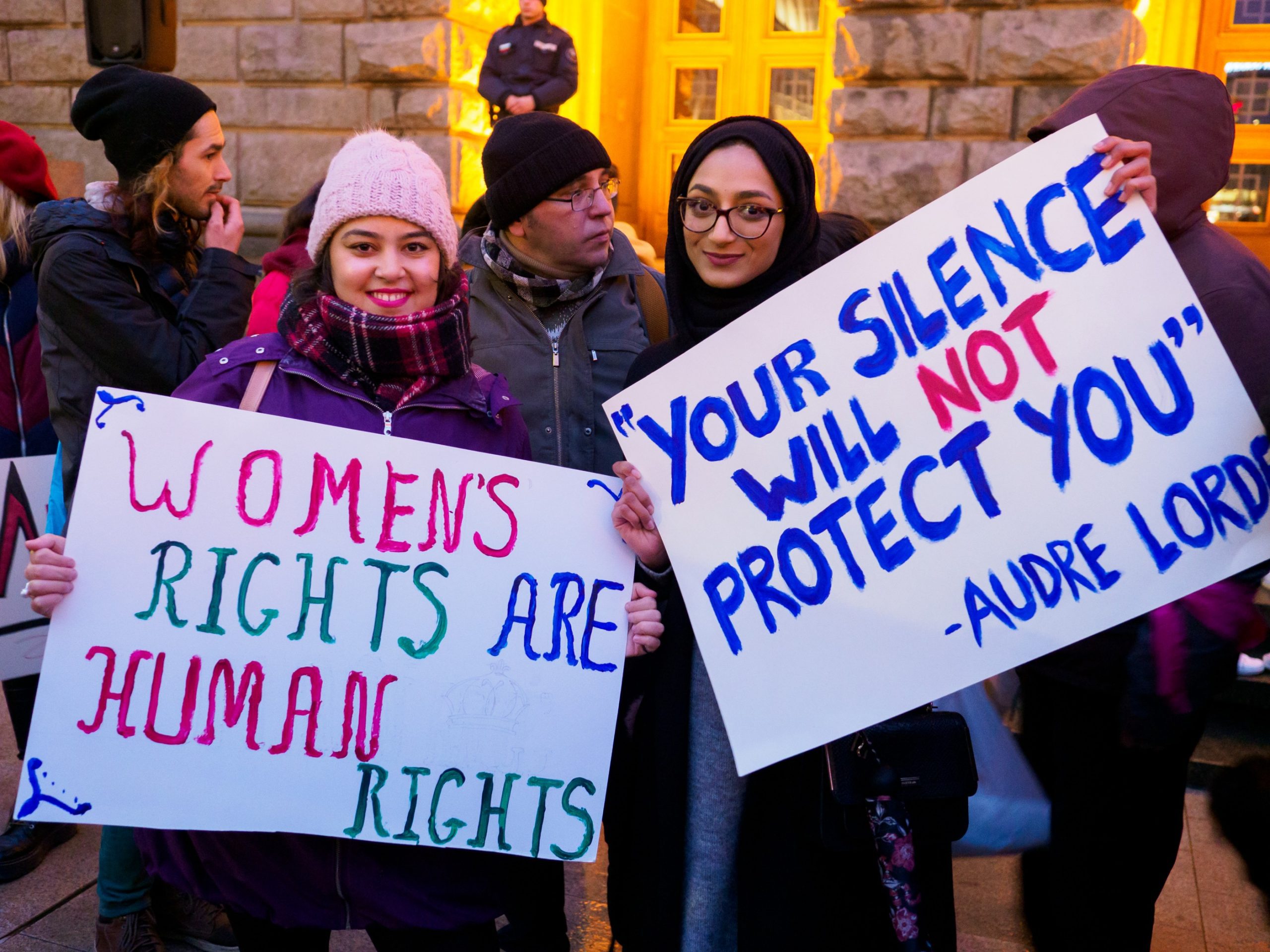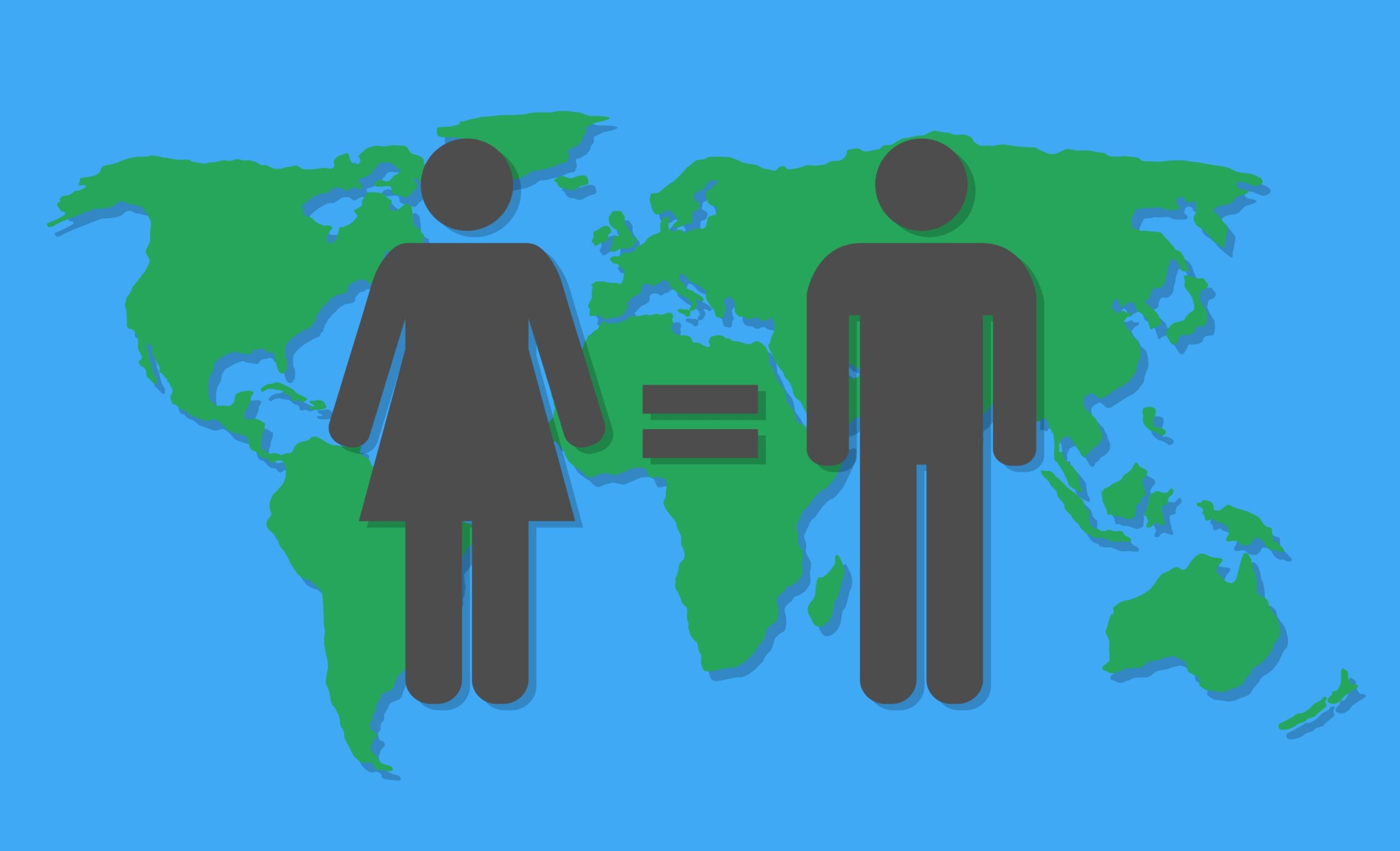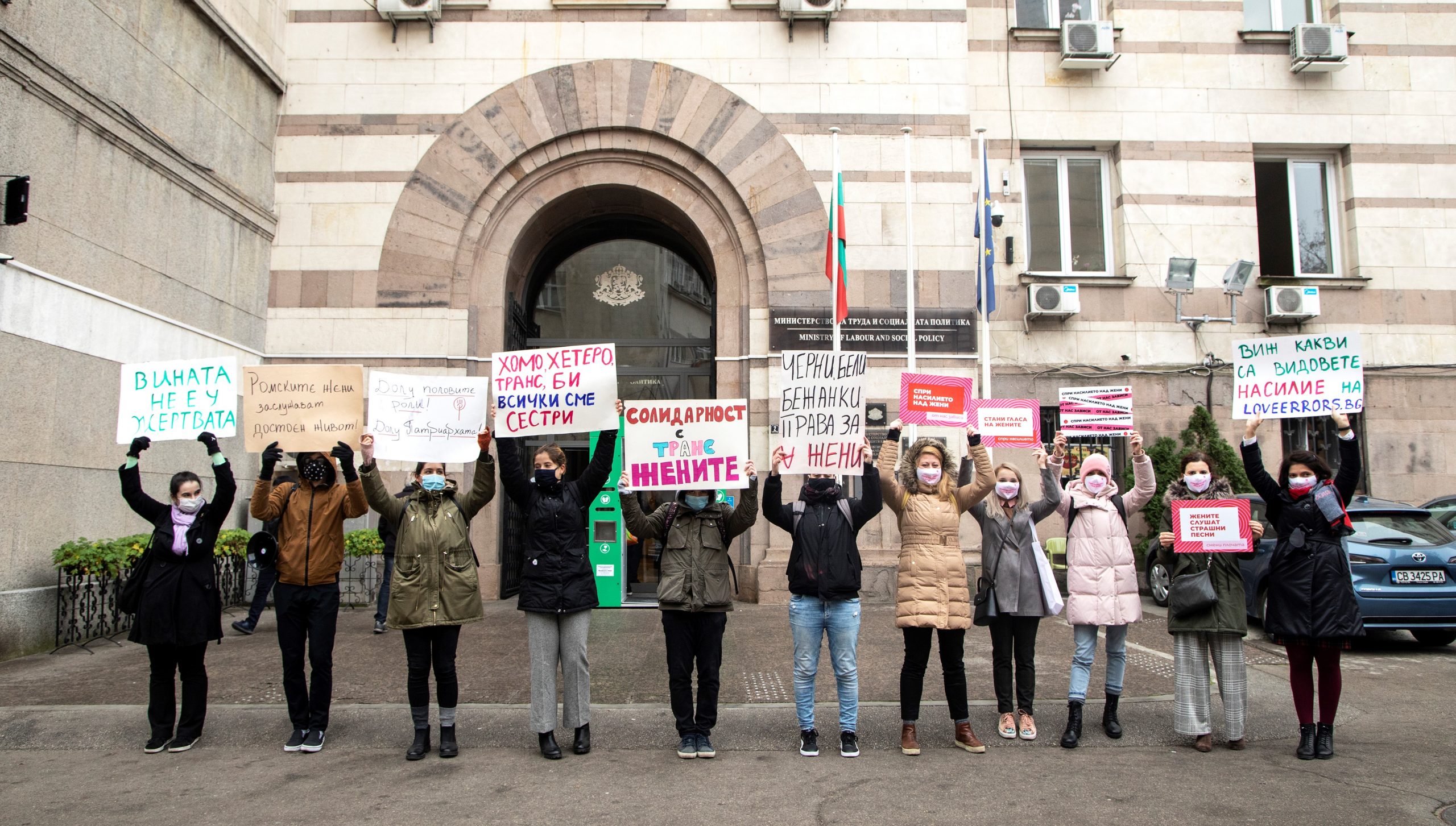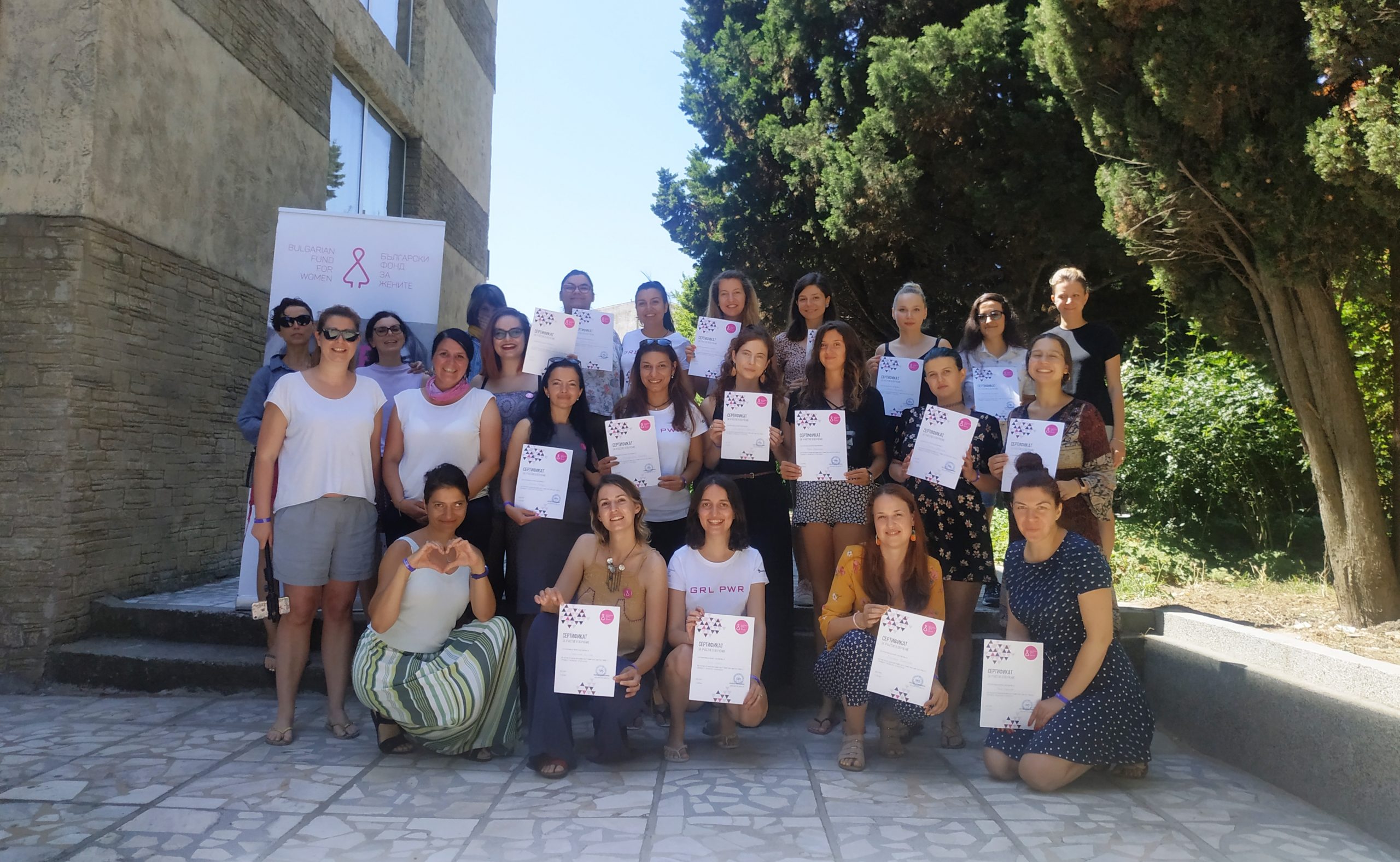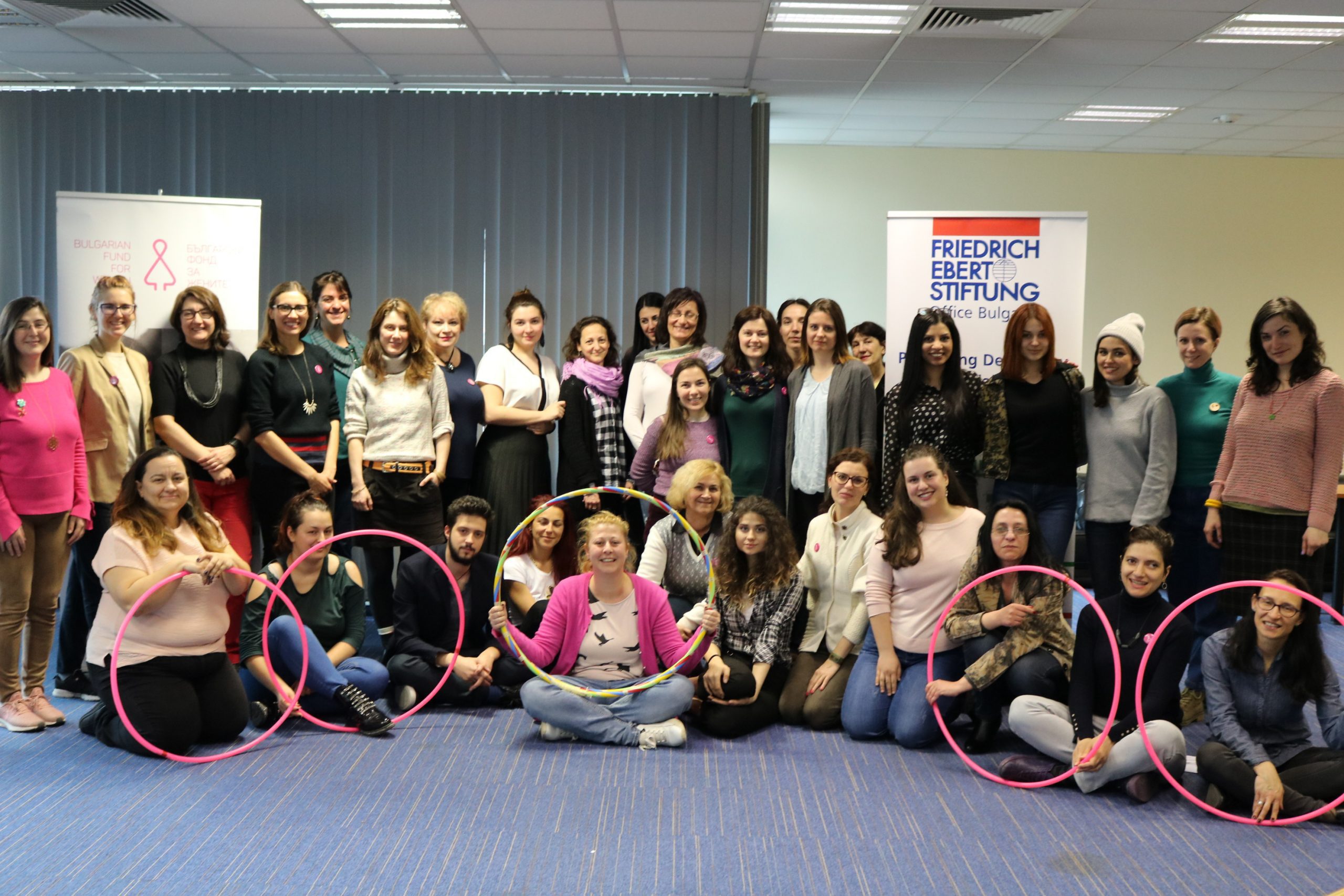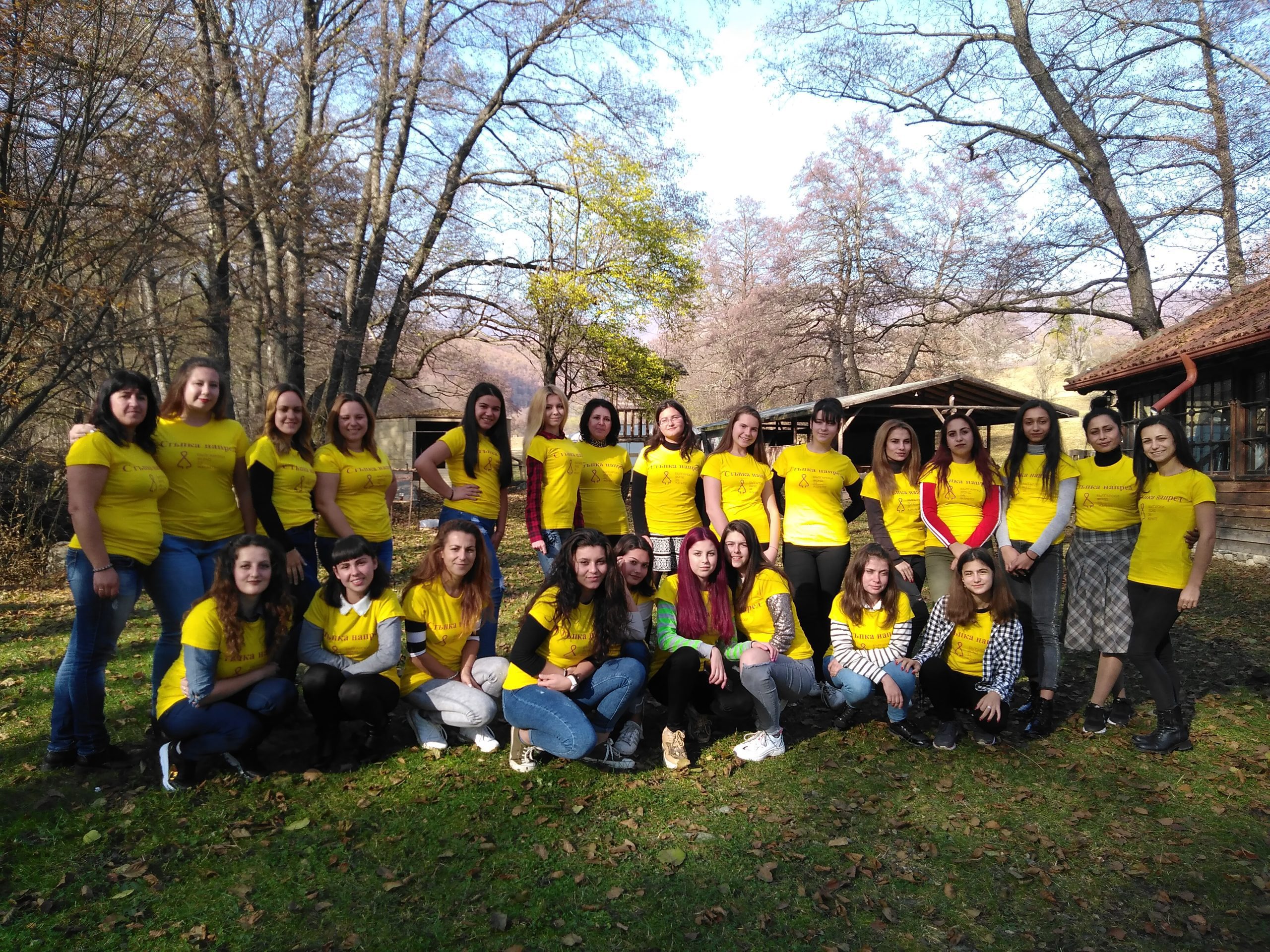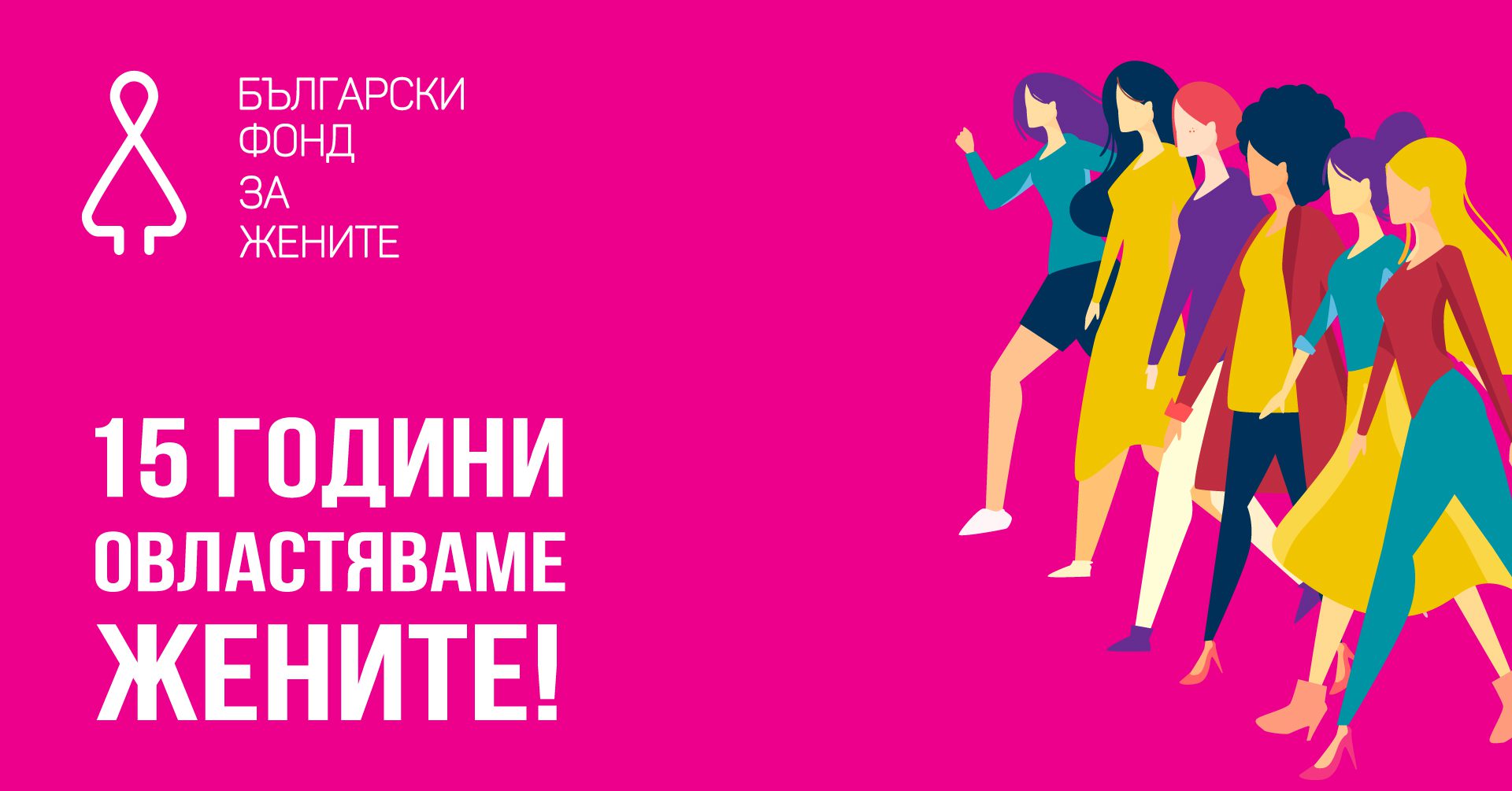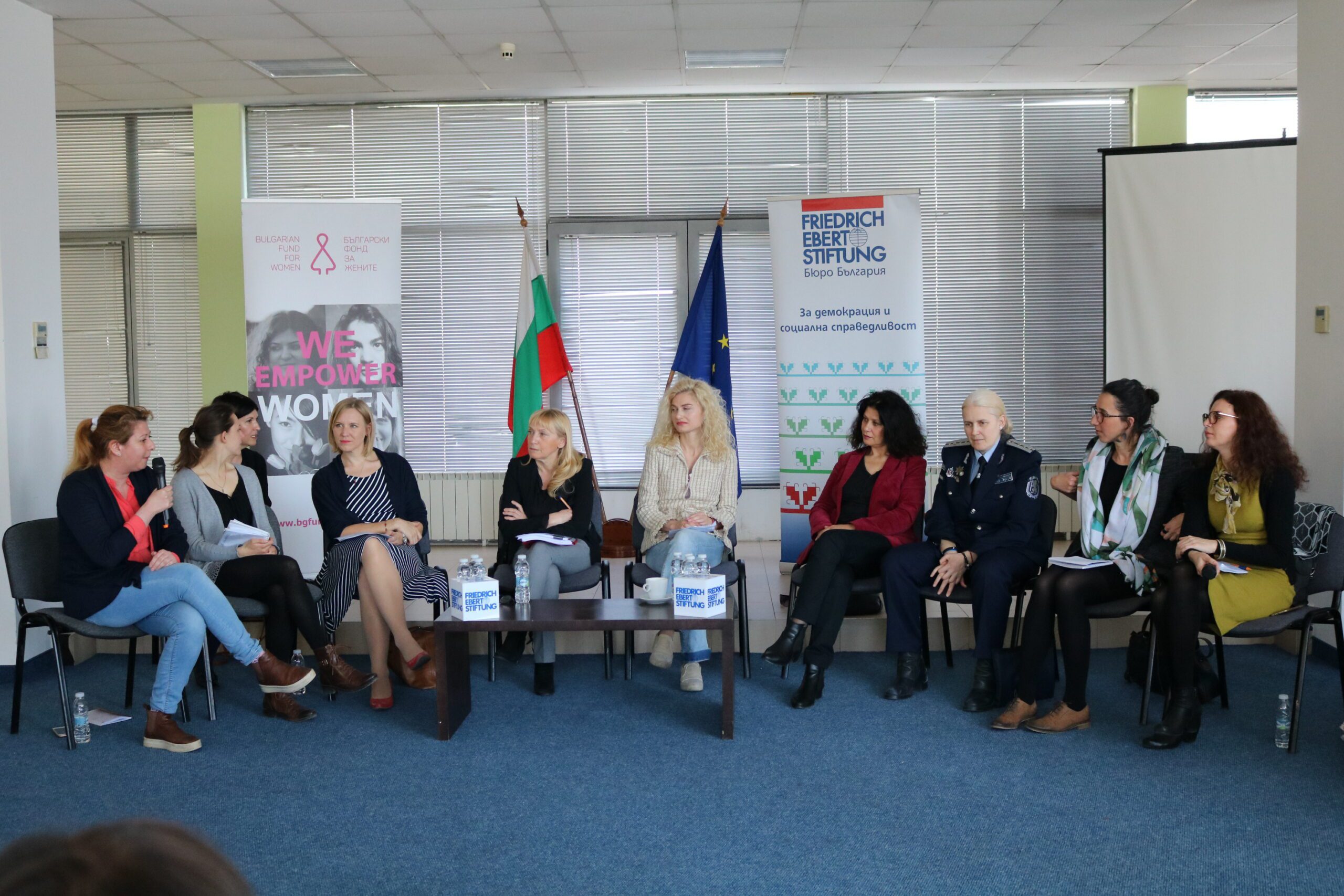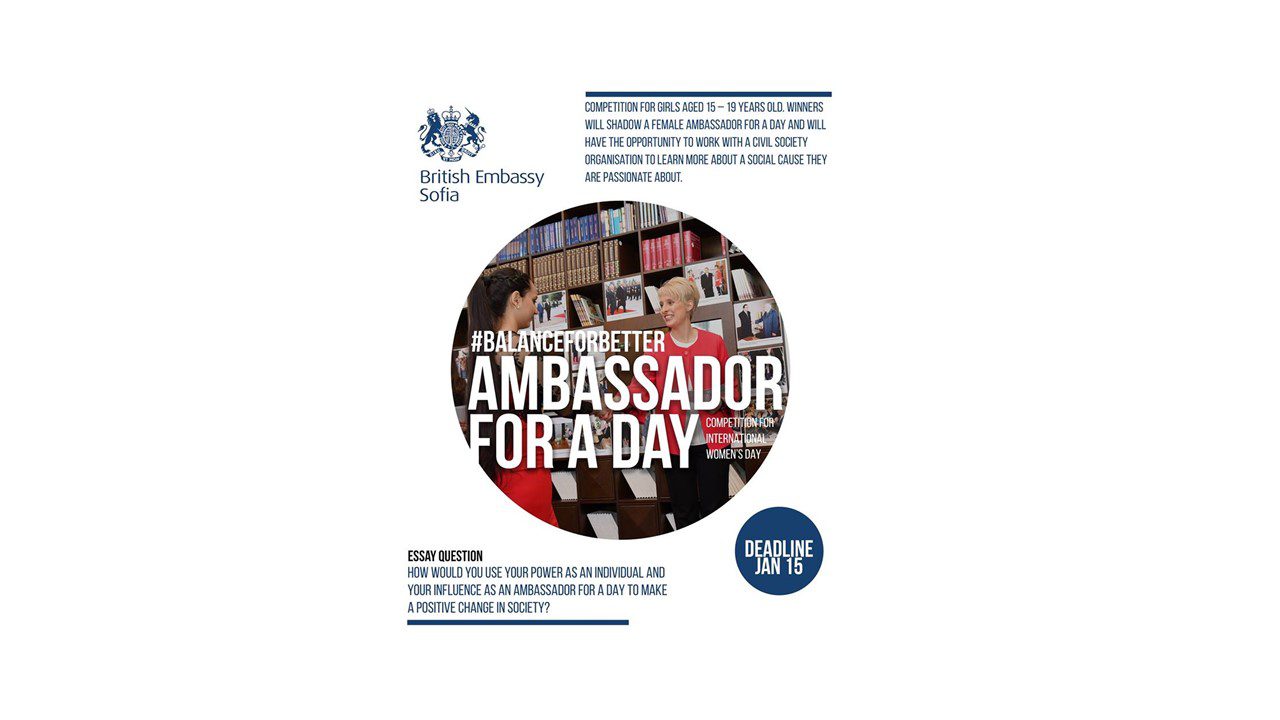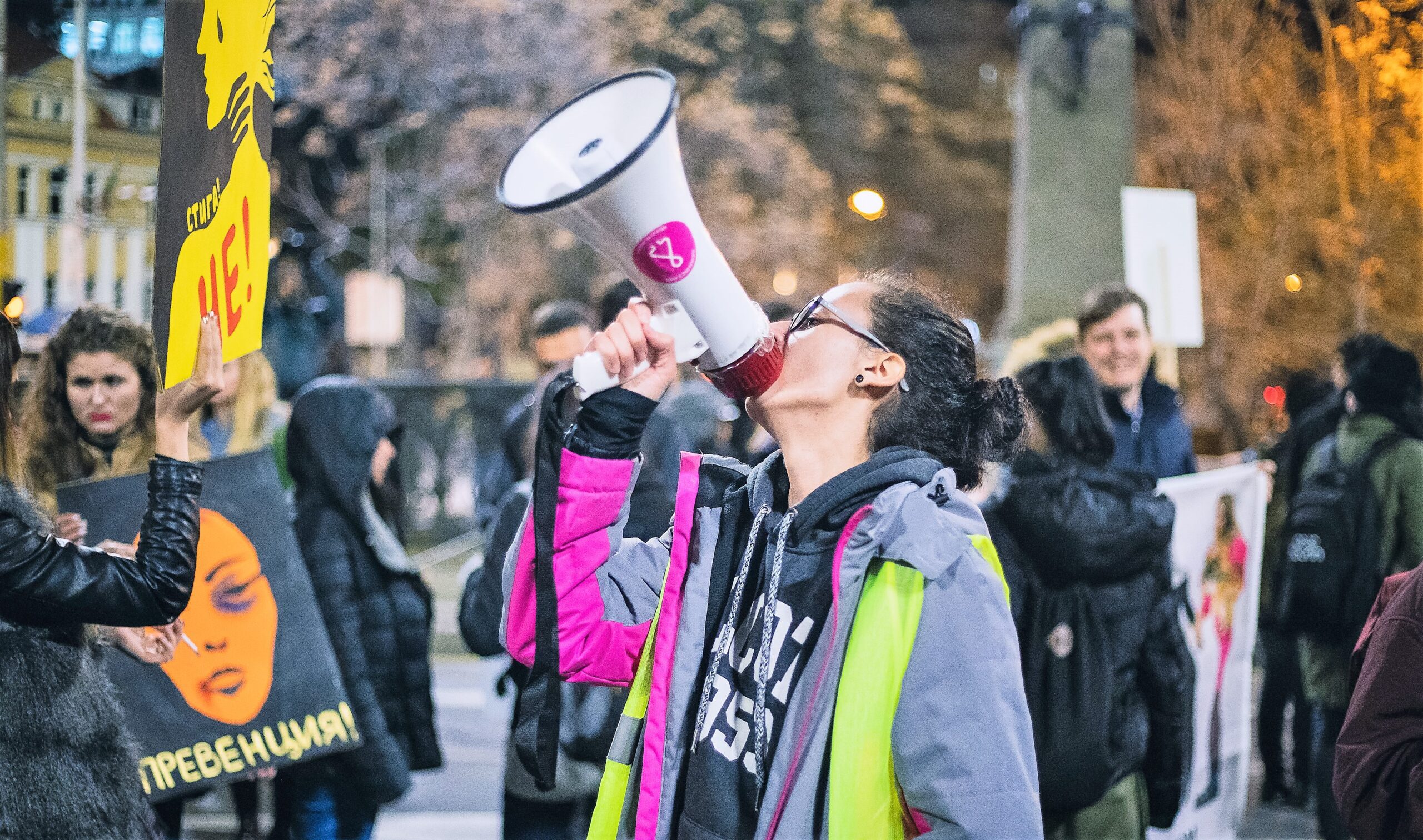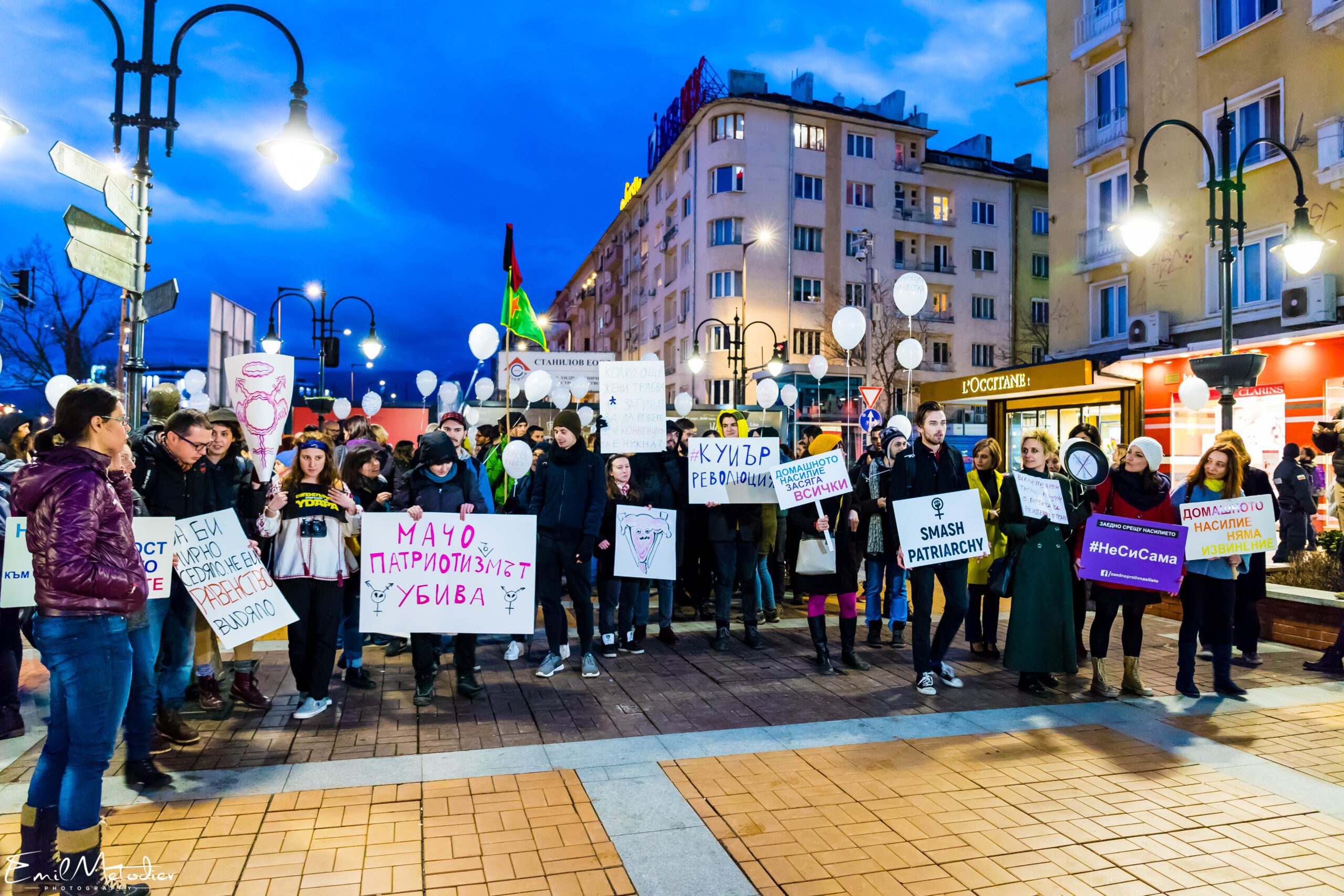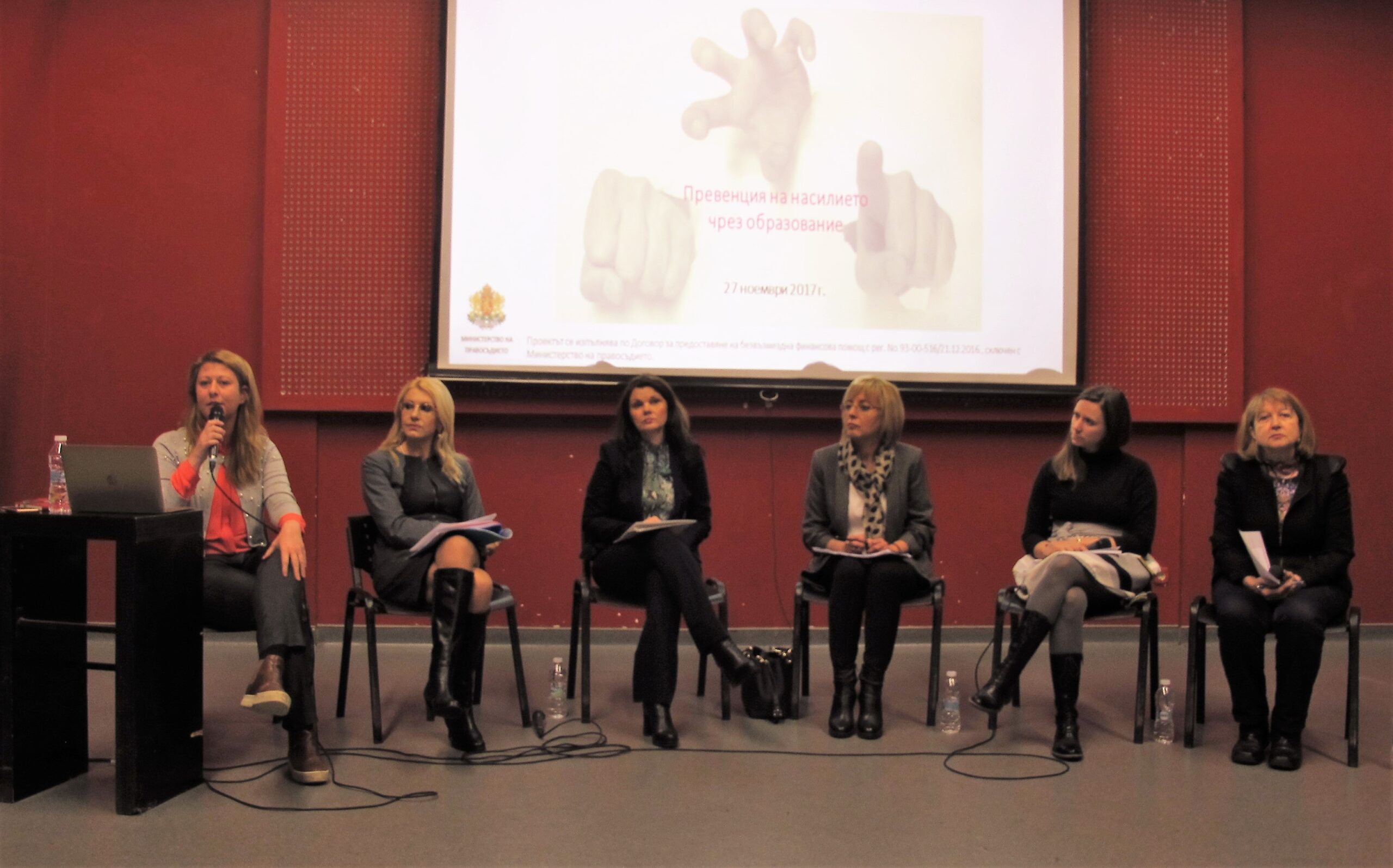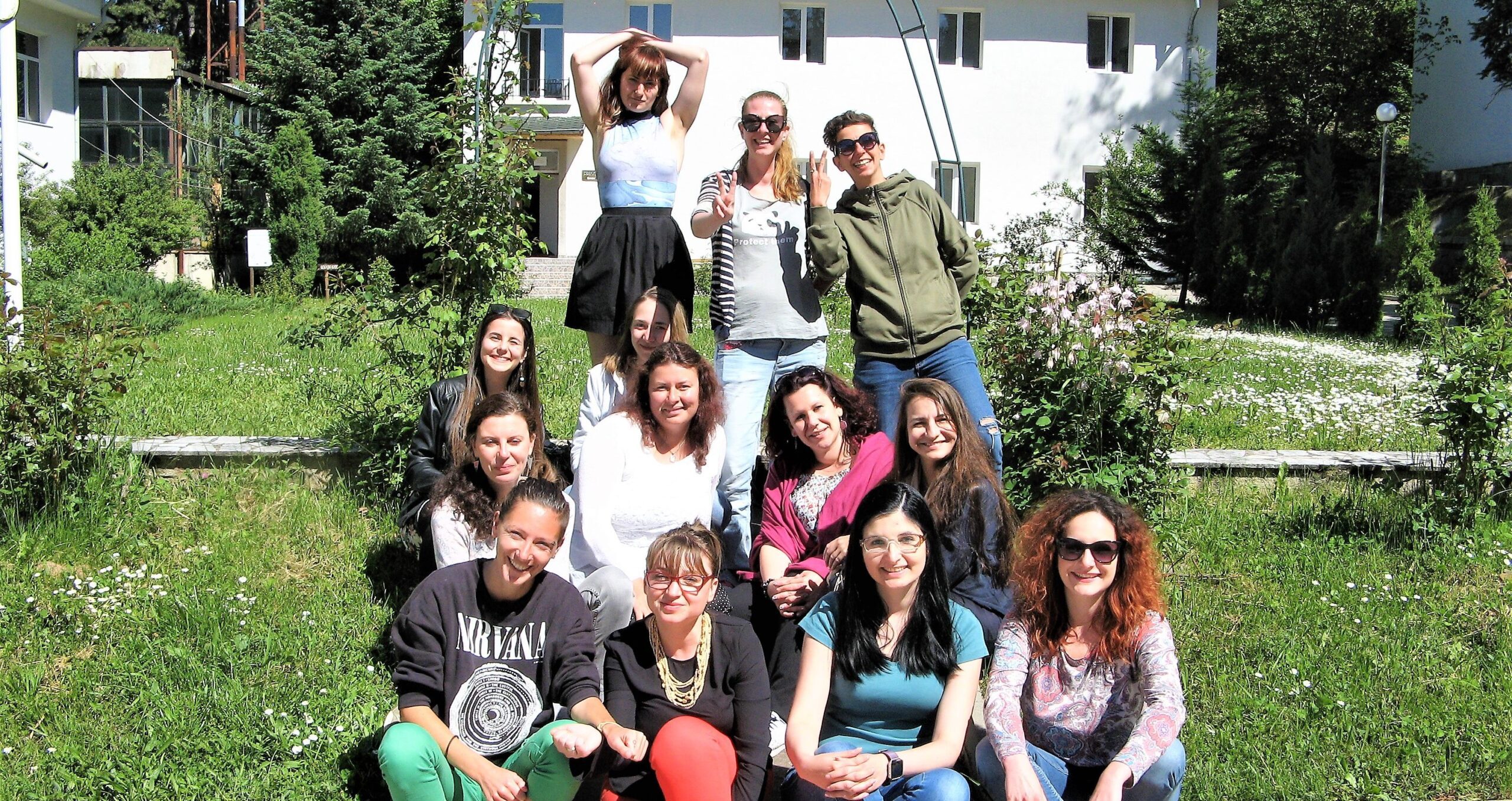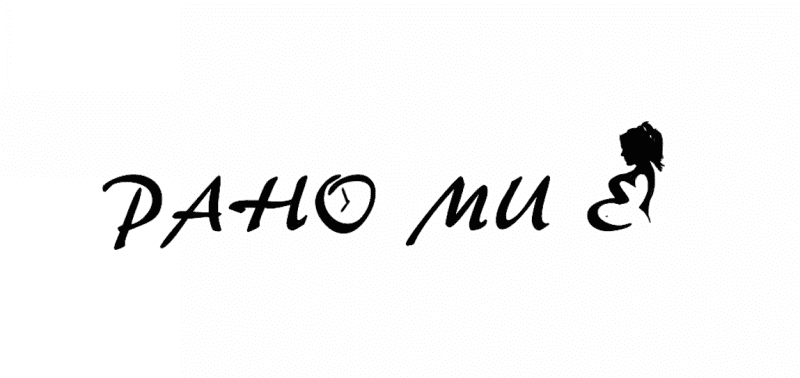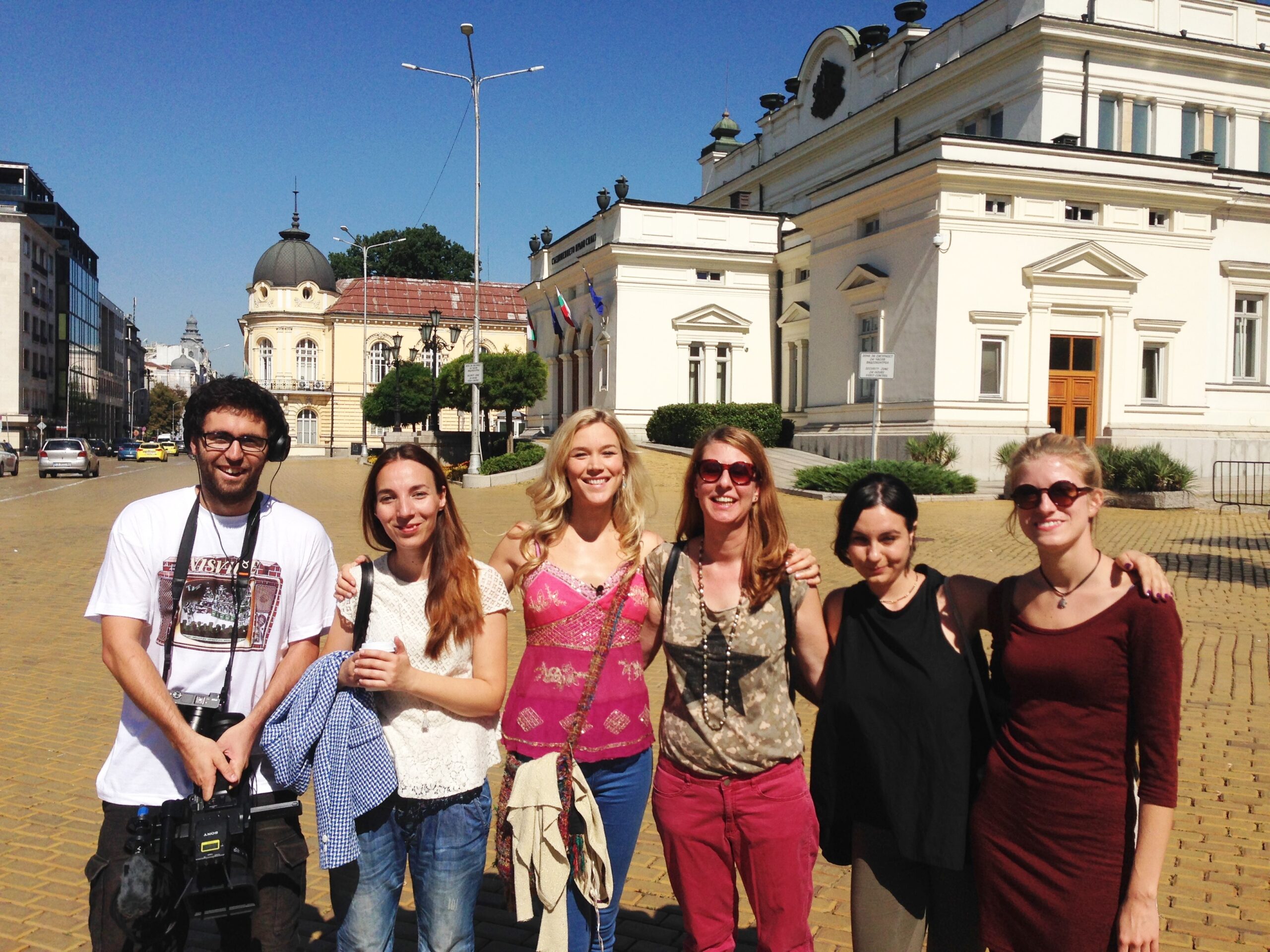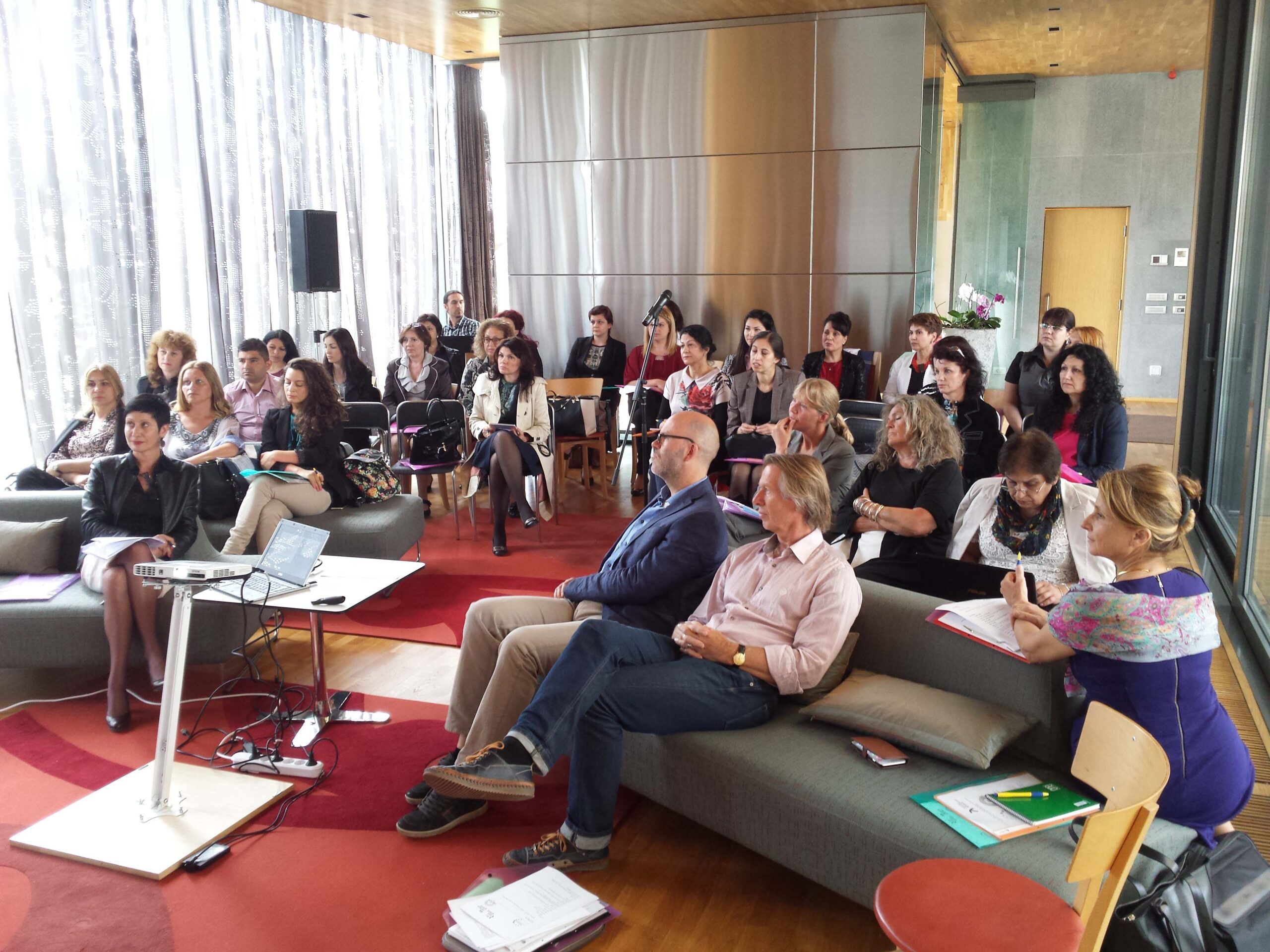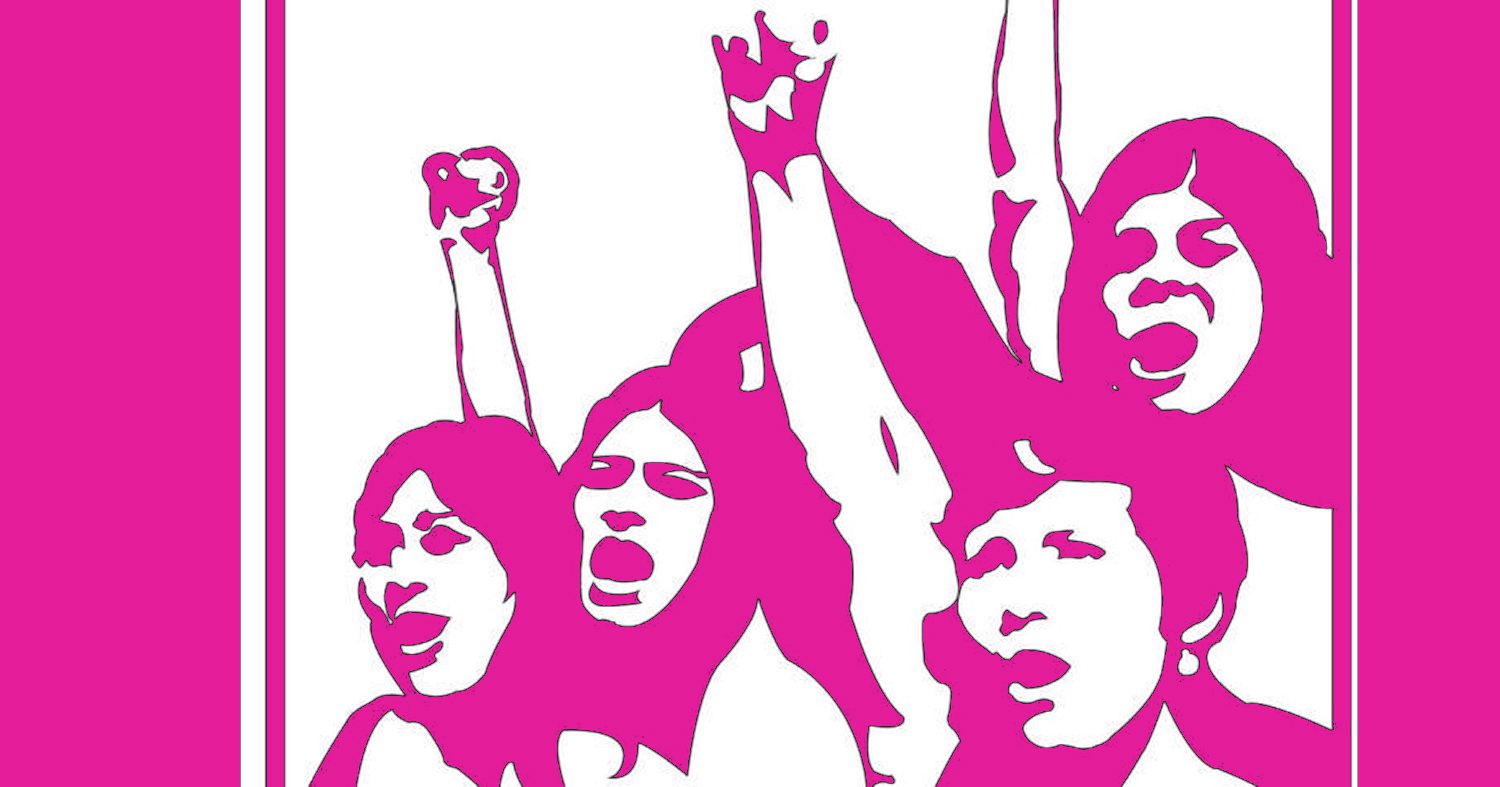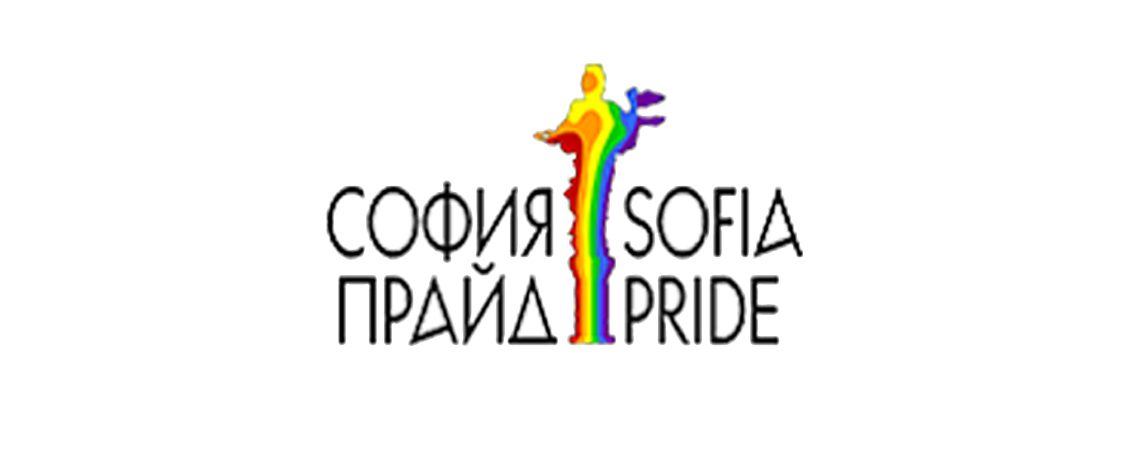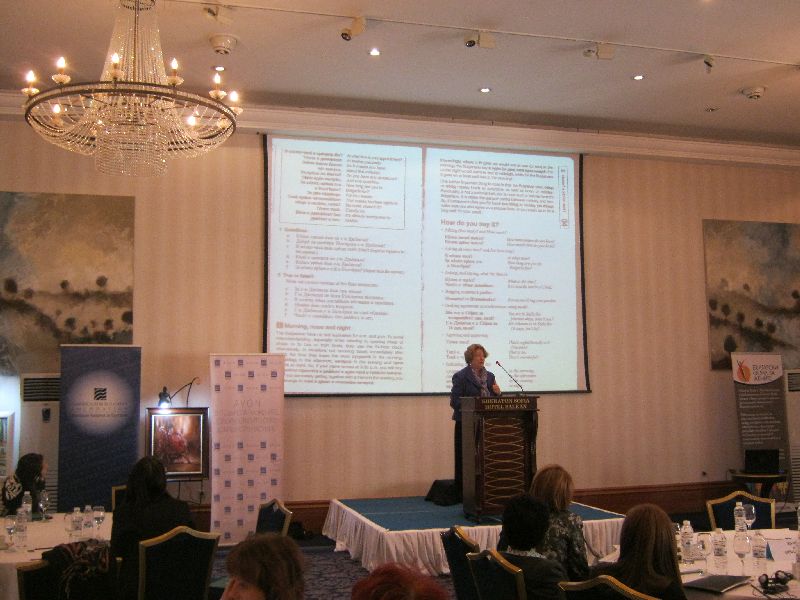Milena Edvig is the owner of Doza Gallery, a contemporary art gallery, and a managing partner at the B+RED advertising agency. With many years of experience in creating and implementing campaigns and creative products, she focuses on promoting socially engaged projects and initiatives within the business and non-governmental sectors.
What is the significance of the Guerrilla Girls’ work in the context of the Bulgarian artistic scene?
A woman is not born excluded from history, but history often excludes her.
The Guerrilla Girls expose a critical issue — the structural erasure of women in art, which is not accidental but a deliberate repression. This process is perpetuated not only by institutions and men but also by ourselves, often unconsciously, as we reproduce the same mechanisms.
In Bulgaria, this phenomenon is subtler, yet equally profound. Here, patriarchy doesn’t need direct prohibitions; it endures through neglect, silence, and the absence of recorded memory.
Women artists exist, but they remain shadows in textbooks, ghosts in museums, and footnotes in criticism.
If you could include one work of Bulgarian art in a conversation with the work of the Guerrilla Girls, what would it be and why?
“Between the Past That Is About to Happen and the Future That Has Already Been” by Krasimir Terziev is a work that deeply addresses power structures, the mechanisms of memory, and the processes of erasure — central themes in feminist critique.
History is always written, but by whom and for what purpose? When a woman creates, she inevitably confronts the history that has excluded her. She cannot simply step into a tradition that wasn’t made for her, so she either has to deny it or rewrite it.
The feminist reading of history is never an obvious one. It must be actively uncovered, as it is often hidden, muted, or erased. Thus, we must interpret it from our current position, rather than assuming it is inherently present.
Why is art created by women and other marginalized communities important for society and artistic circles? Has the access of these groups to the Bulgarian scene changed, and in what way?
Men create art, women create “women’s” art.
The art of marginalized groups is essential because it challenges this double standard. It refuses to be confined within categories that reduce its value to the identity of its creator. Art from these groups speaks to universal experiences, beyond the narrow frameworks often imposed by institutions, critics, and audiences.
Has women’s access to the Bulgarian art scene changed? Yes, but only within the confines of “what is permitted.”
Women artists are more visible today, but the question remains: Does their work truly alter the canon, or does it merely supplement it without shaking its foundation? Are women accepted as central figures, or are they only added as a corrective, the “necessary” difference?
True equality will only be achieved when a woman is not labeled a “woman artist,” but simply an artist. When her art is not classified as “feminine,” but recognized as deep, complex, and valid as any other art. And it unquestionably is.
The Art of Behaving Badly continues until June 8, 2025, at the National Gallery / Kvadrat 500. The exhibition is part of the multi-year project of the Bulgarian Fund for Women, titled “Fund for Artistic Projects by Women Artists”.
